Ah, the 1890s—a time that feels so distant yet so intimately connected to the fabric of our modern world. If you could catch a whiff of the air from that bygone era, you’d smell a blend of salty sea breeze and freshly turned soil. Today, let’s journey through the enchanting landscapes and close-knit communities of Staten Island during this fascinating decade.
A Time of Transition
Staten Island in the 1890s was a place caught between two epochs. The old world of farming, fishing, and close communities was beginning to fade, making way for the bustling environment of an expanding city. One significant milestone was the consolidation of Greater New York in 1898, which officially absorbed Staten Island as one of the five boroughs. It was a moment that promised progress but also heralded the end of an era of charming insularity.
The Cultural Palette
Staten Island in the 1890s was already a cultural melting pot. The influence of early Dutch, English, and French settlers remained strong, but newer communities—especially Italian and Irish immigrants—brought new shades of culture to the island. The local cuisine, dialects, and even festivities started to take on a more diverse flair. You might have heard an Irish folk song in one corner of the island and the Italian opera in another, each telling their own tale of aspirations and belonging.
History in the Making
The Staten Island Rapid Transit Railroad was a lifeline for the island, offering a more effective way to travel to Manhattan. While the Staten Island Ferry had been operational since the 1870s, it was during the 1890s that the service became more regular and dependable. Each ferry ride was more than just a means of transport; it was a small adventure offering breathtaking views of the New York Harbor, the Statue of Liberty, and the Manhattan skyline.
Social Fabric and Traditions
The essence of community living held strong. Picture, if you will, a gathering at a local church where the whole community comes together for a fair. Handmade crafts, fresh produce, and homemade pies would be up for sale, as children ran around playing tag. Evenings would often culminate in social dances, laughter and music filling the air long into the night.
It was also a time for leisurely activities, such as picnics in the then much quieter Staten Island parks, like Clove Lakes or Silver Lake Park. These were moments when families and friends could unwind, the children could play, and the older folks could share tales from the “good old days.”
#1 Staten Island Bicycle Club, 1895.
#2 Workmen repair the clockwork mechanism for a floating Fresnel lens at the Lighthouse Service Workshop in St. George, 1890s
#3 Staten Island University Hospital’s first graduating class of 1896: Mary Bennett Weaver, Summerfield Gause, Martha Washington Zabriskie, Gertrude Taylor, Estelle W. Meese, Agnes Isabel Blain.
#4 Staten Island Bicycle Club Goes for a Ride, 1895.
#5 C. Schopp’s Restaurant, 1895
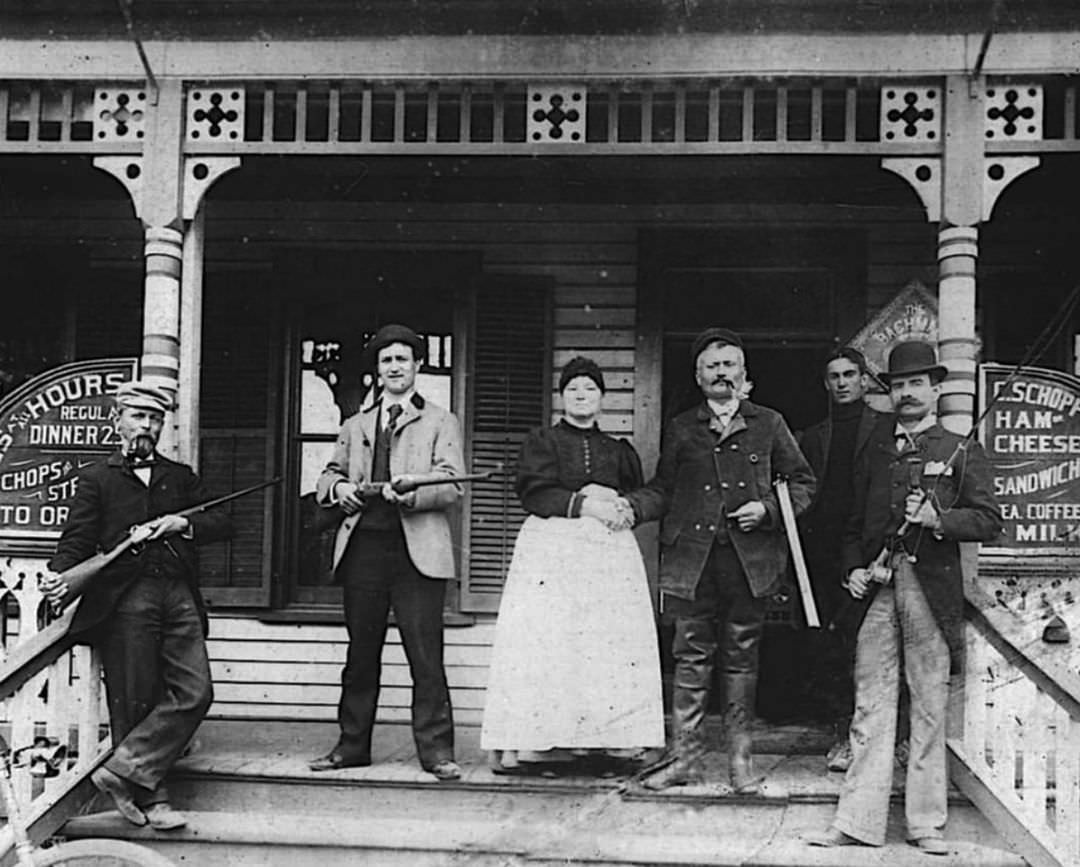
A small tavern on Seguine Avenue (at the time called Princes Bay Avenue), located across from the old Richmond Memorial Hospital (now Staten Island University Hospital) in Prince's Bay. The people are standing on the porch of a two-story house, typical of the period, with its gingerbread trim. Pictured are Carl and Margaret Schopp, their sons Oswald, Louis, and Charles, and an employee


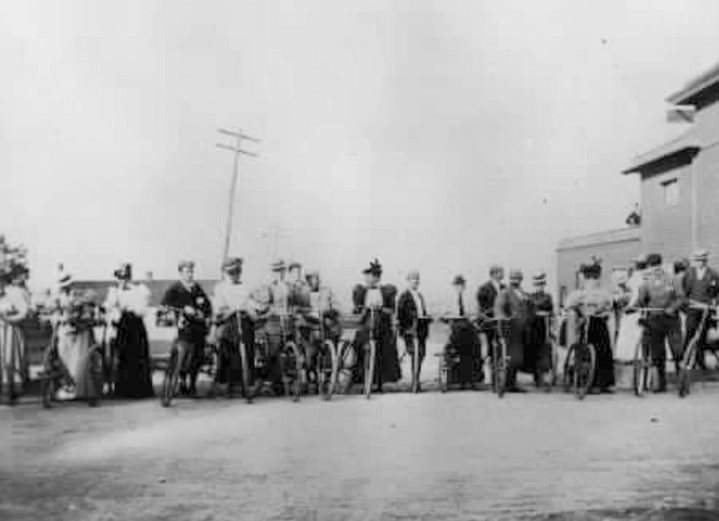
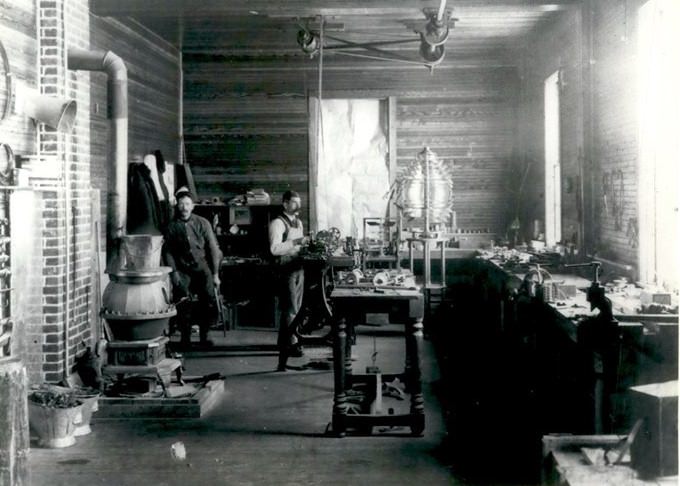
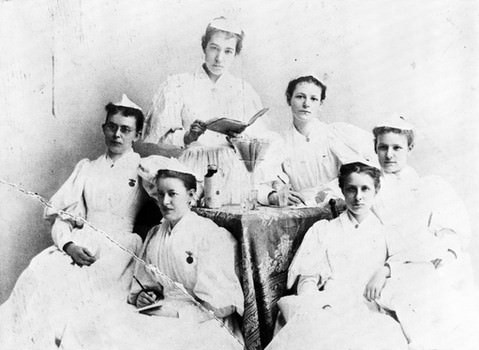
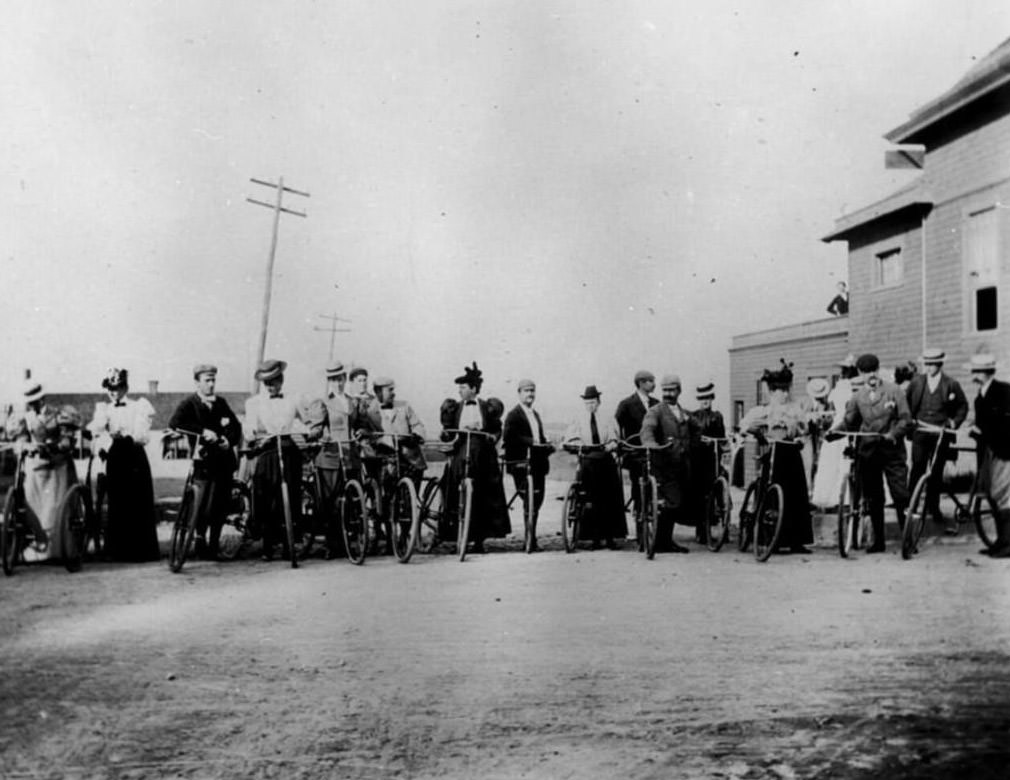
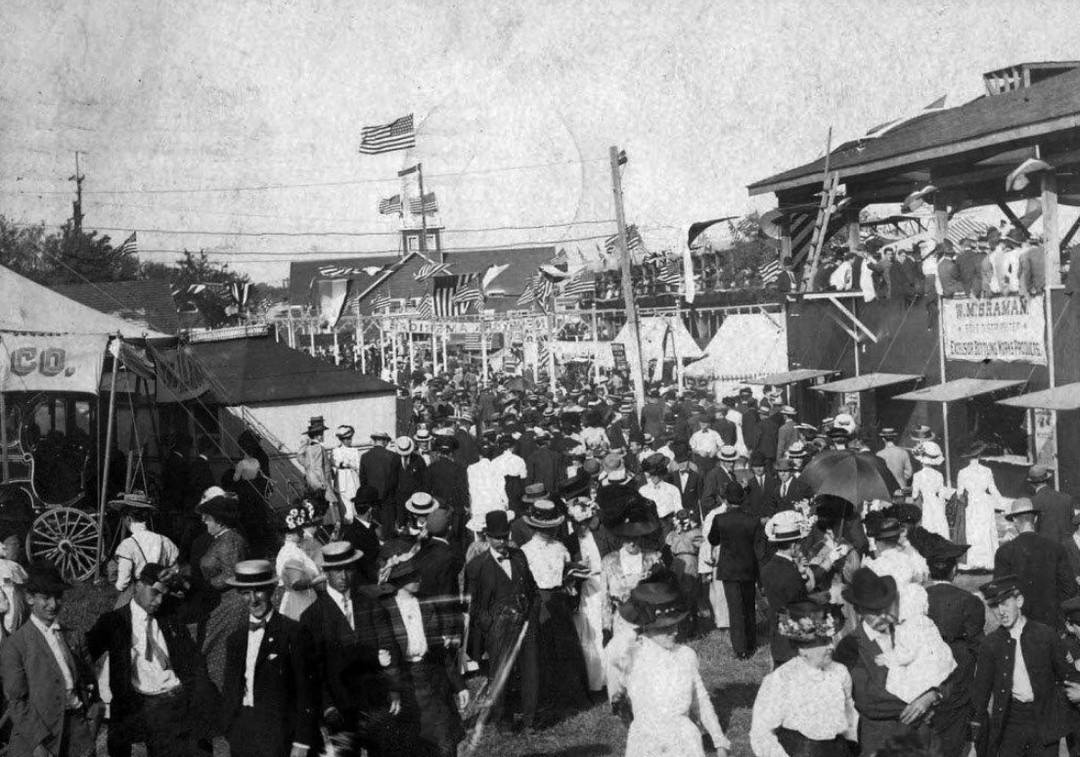
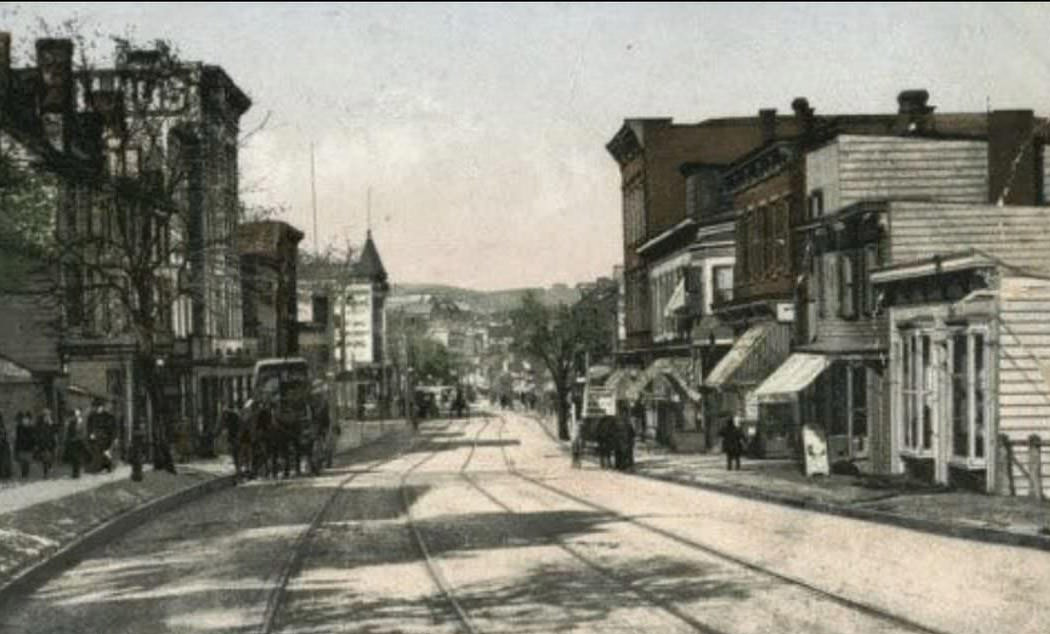
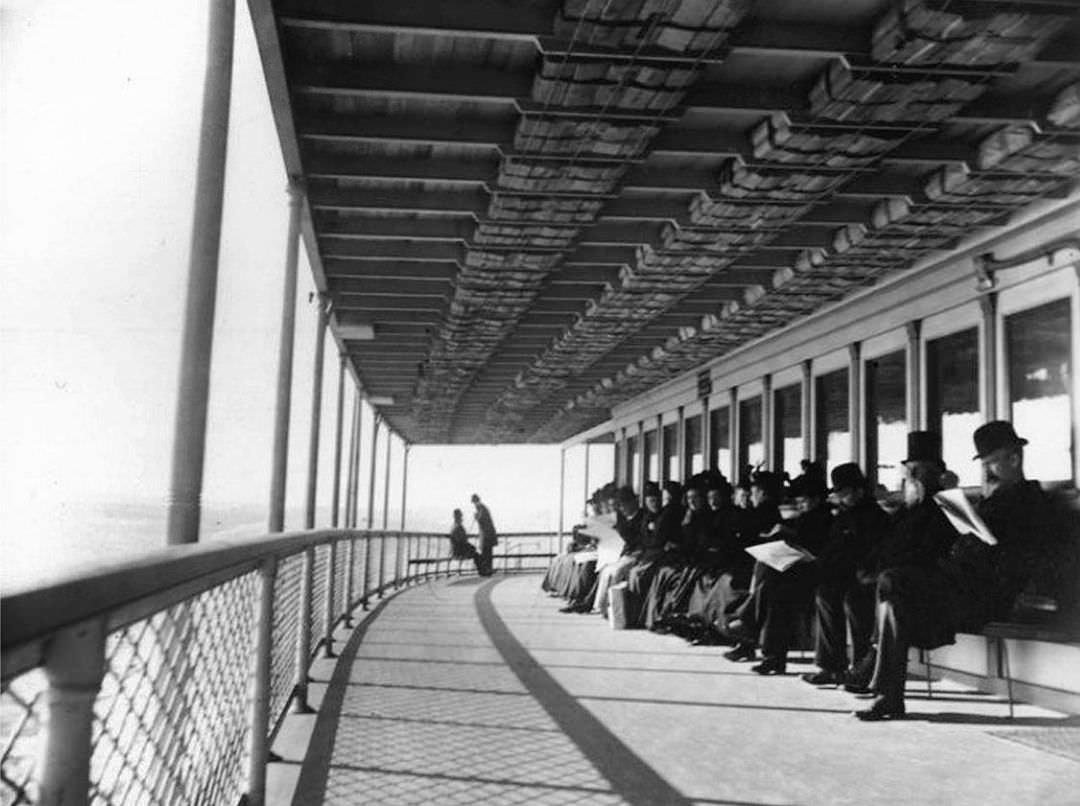
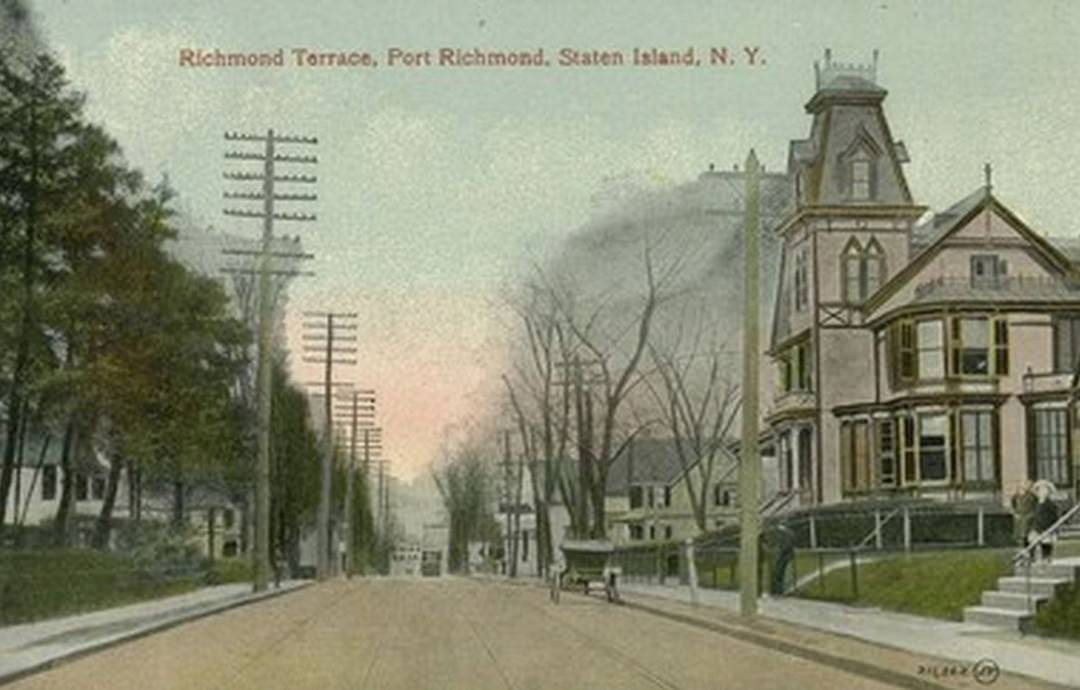
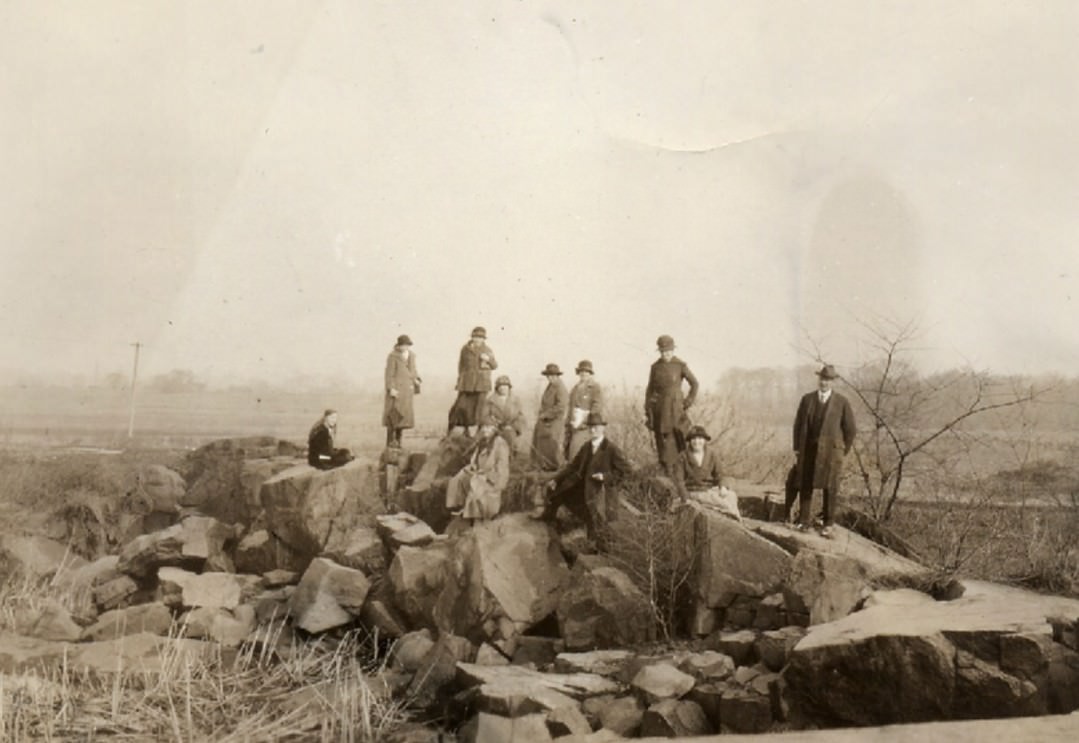
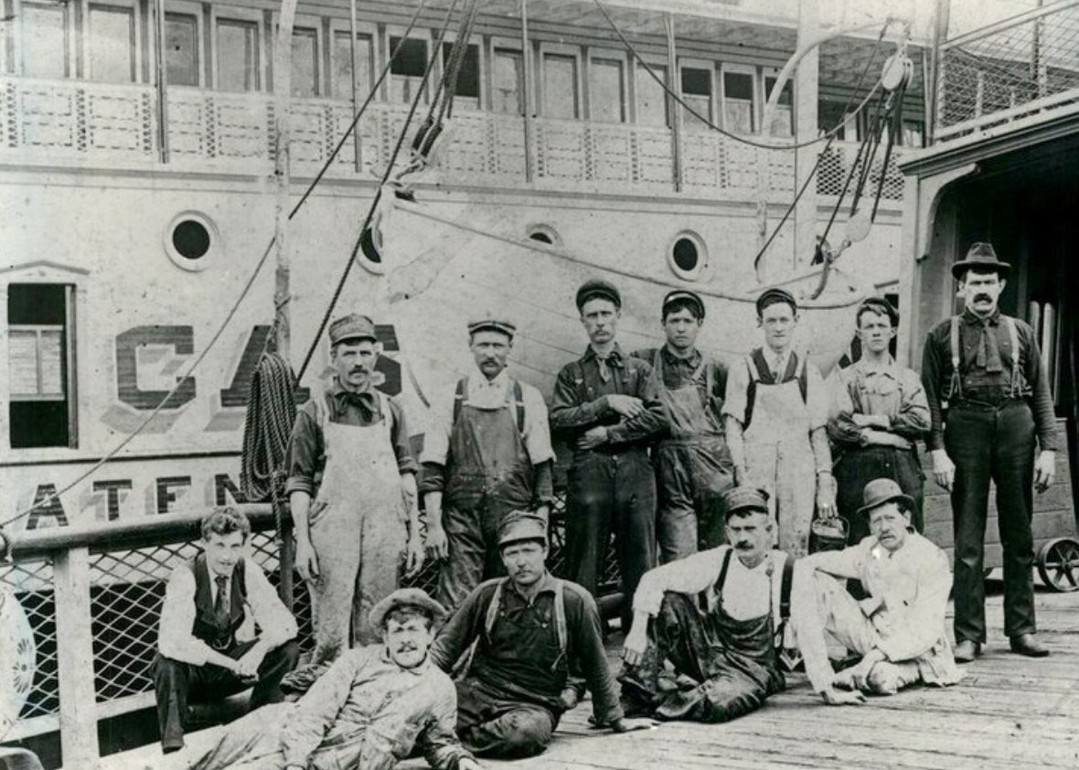
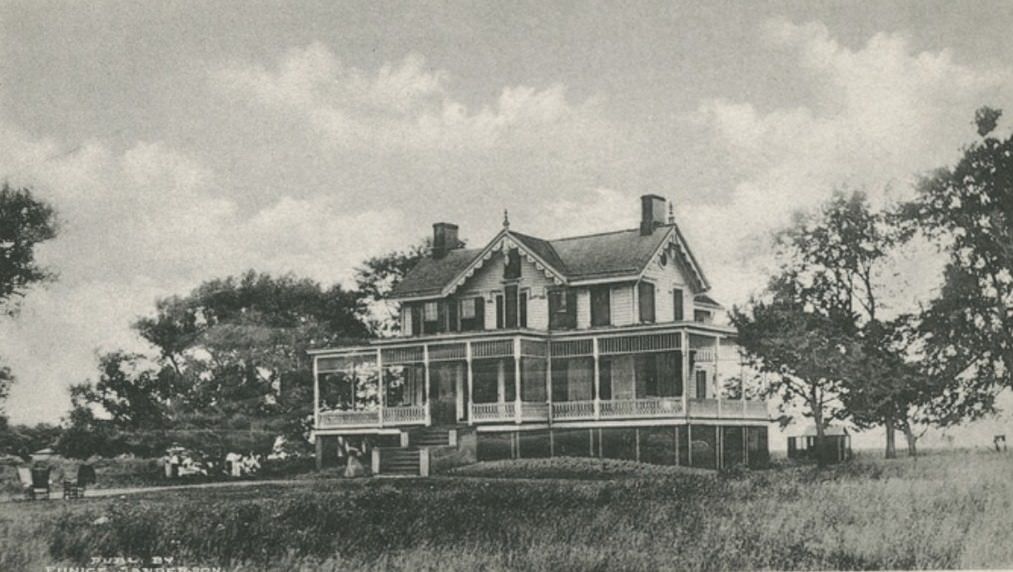
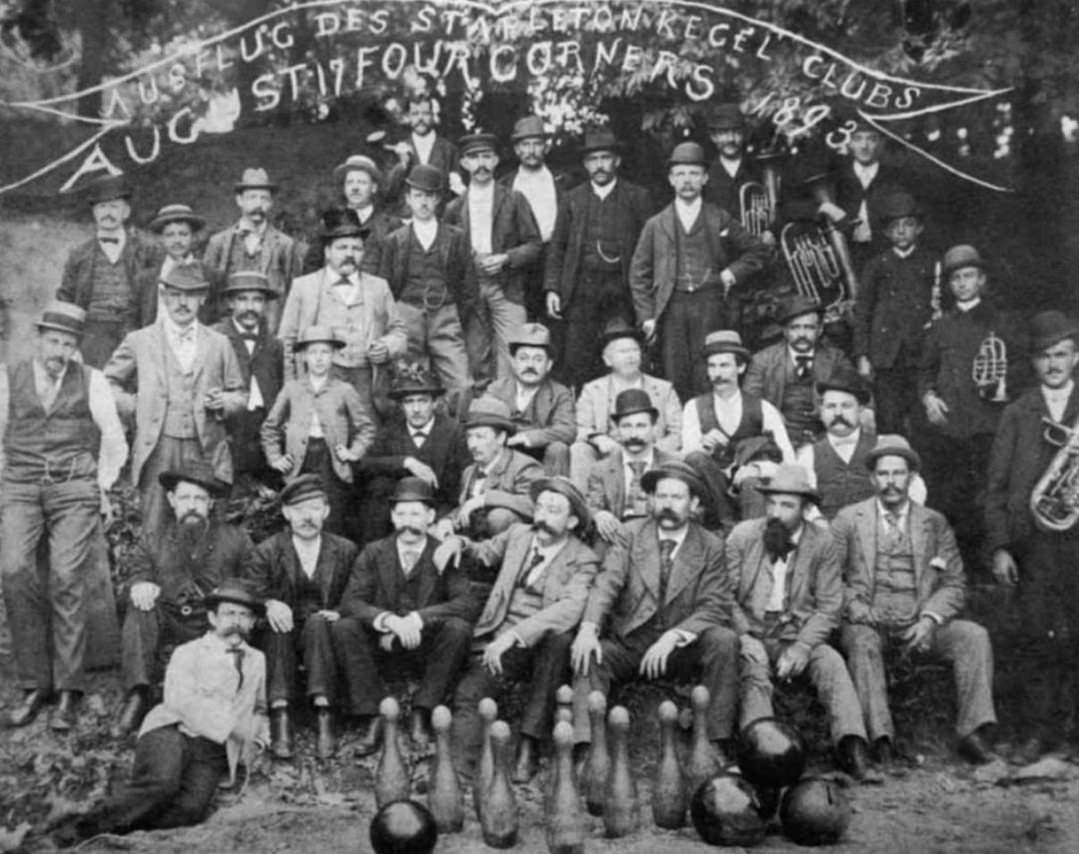
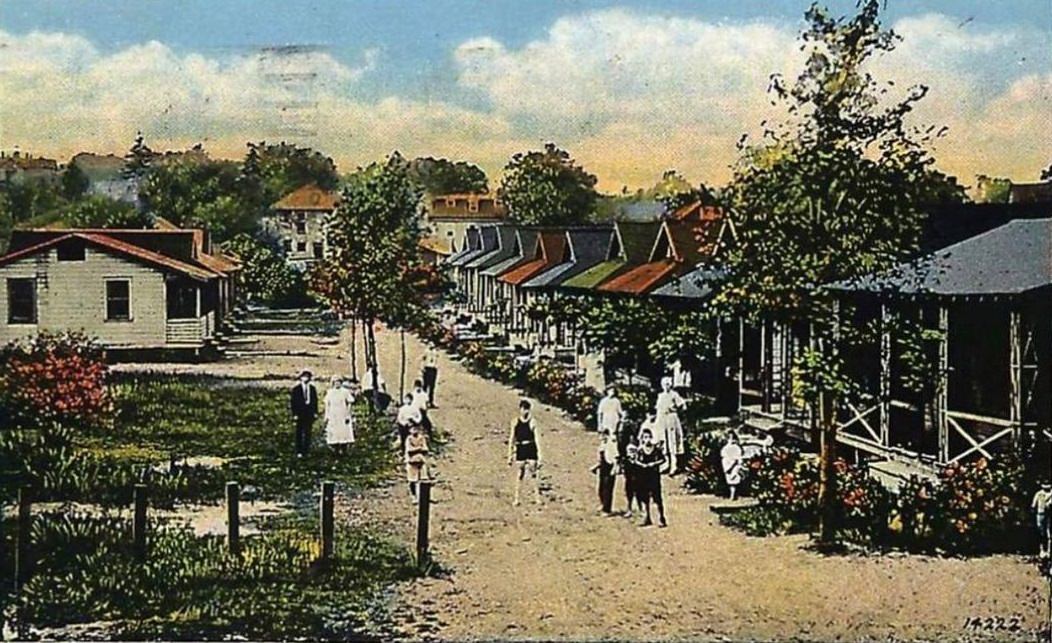
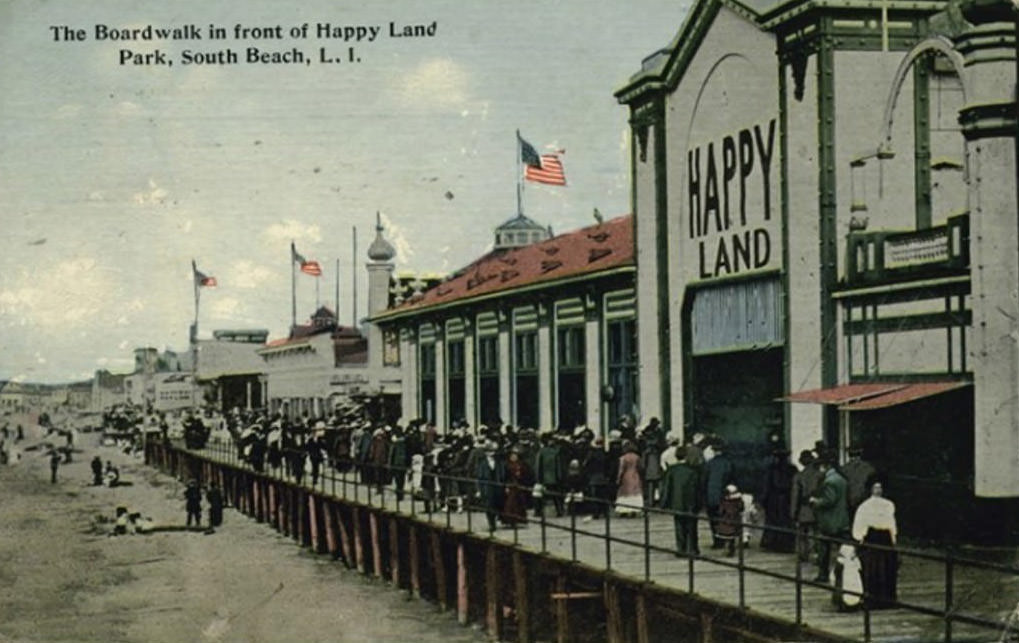
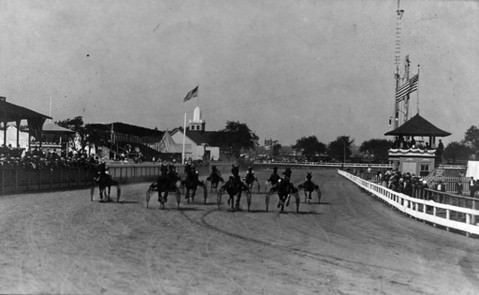
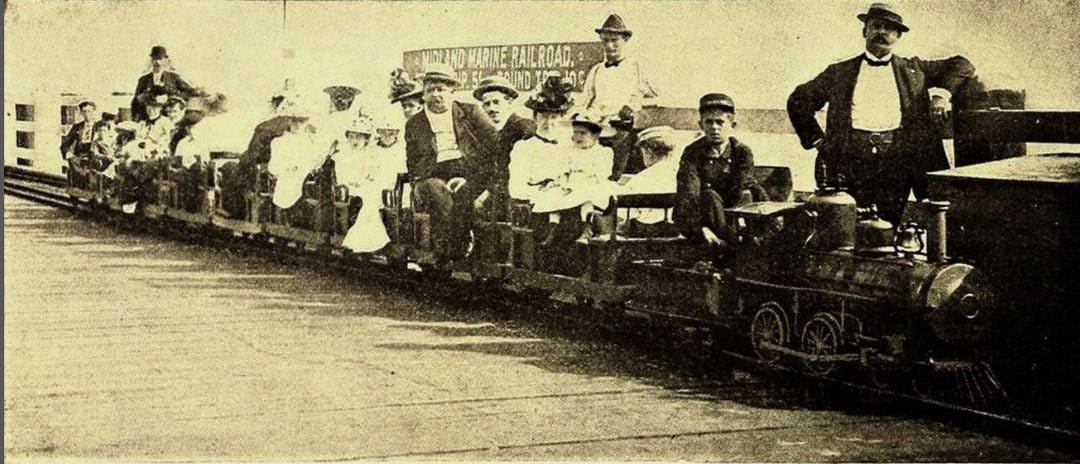
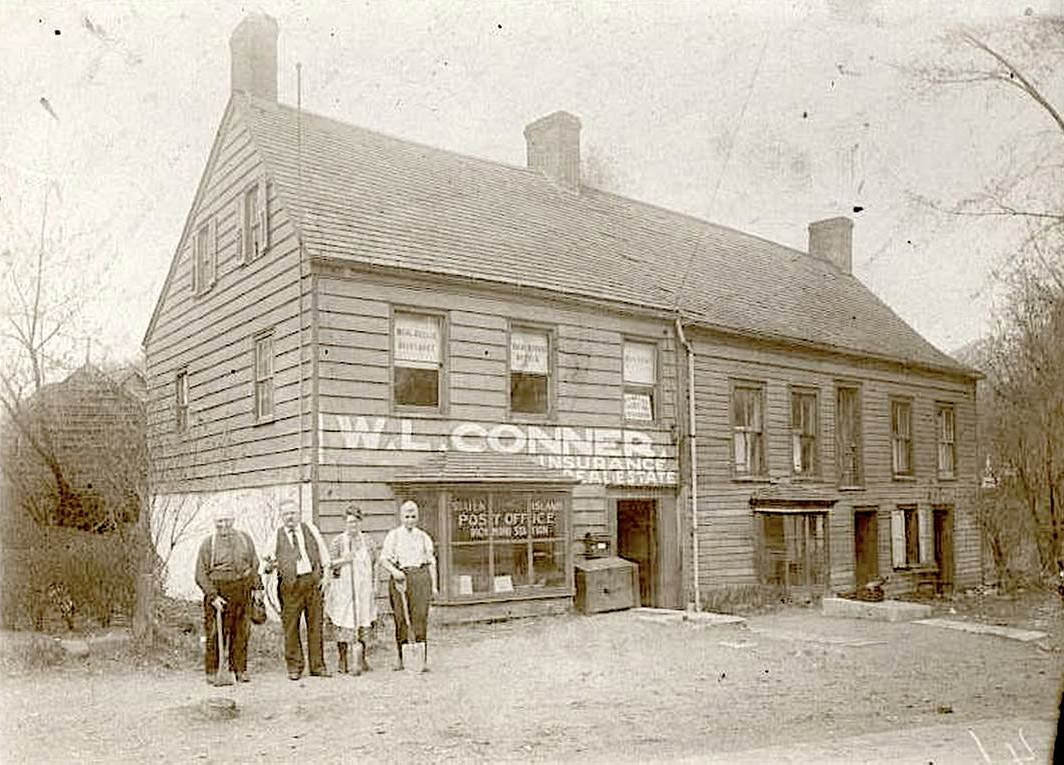

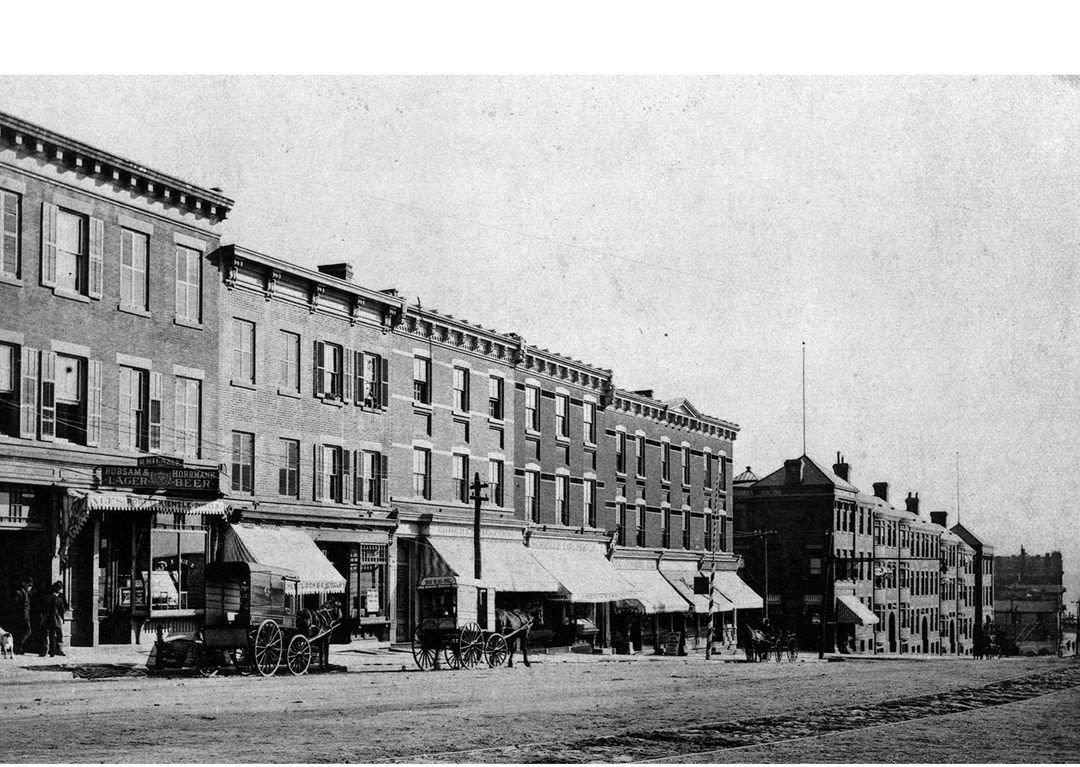
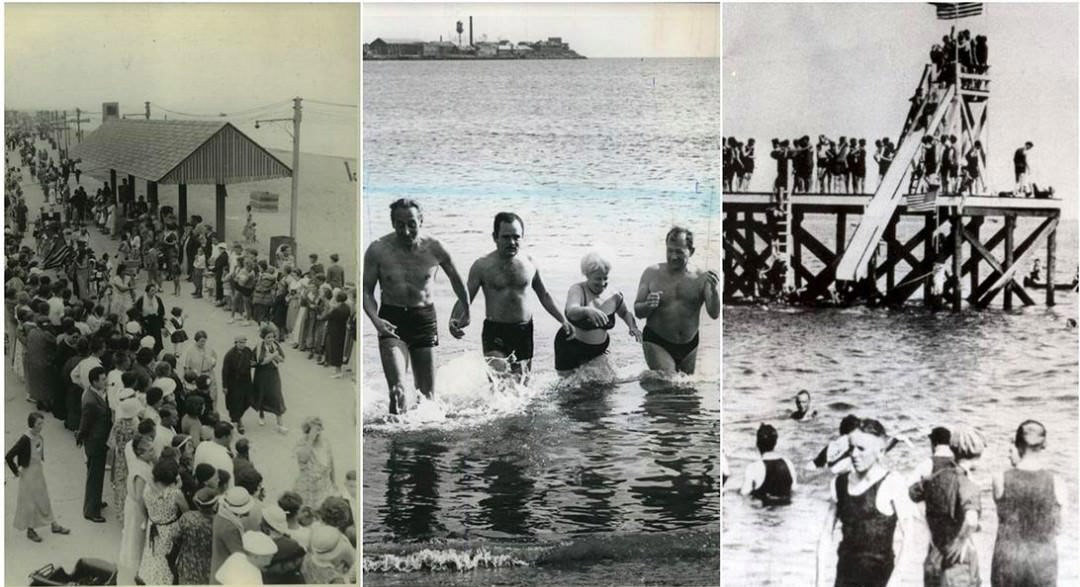
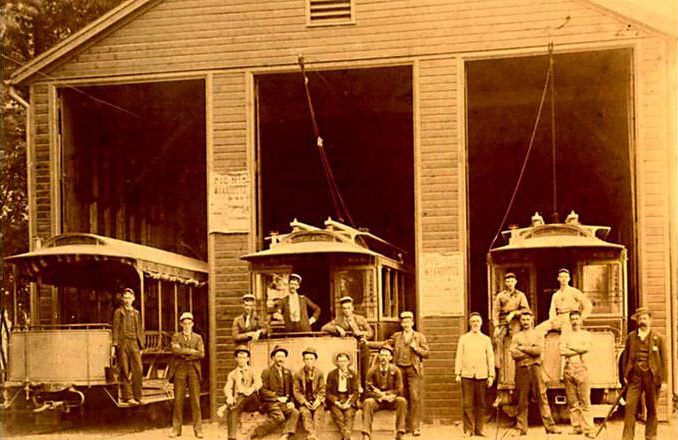
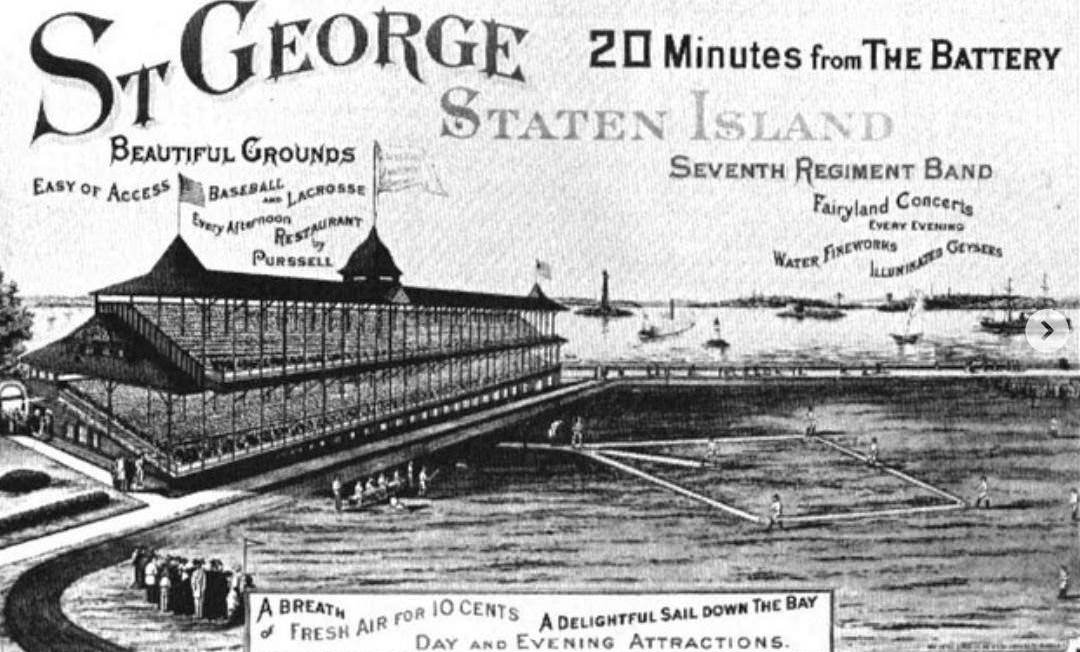
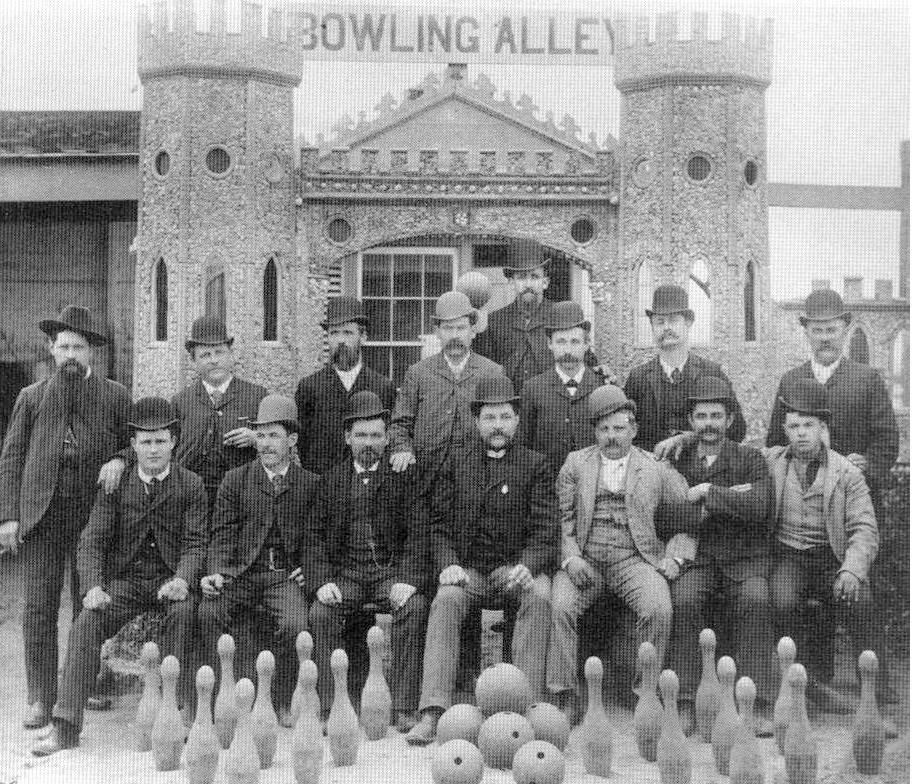
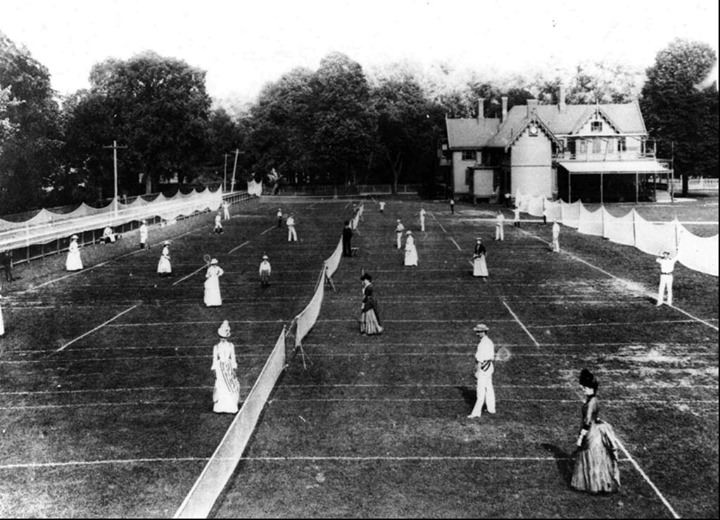
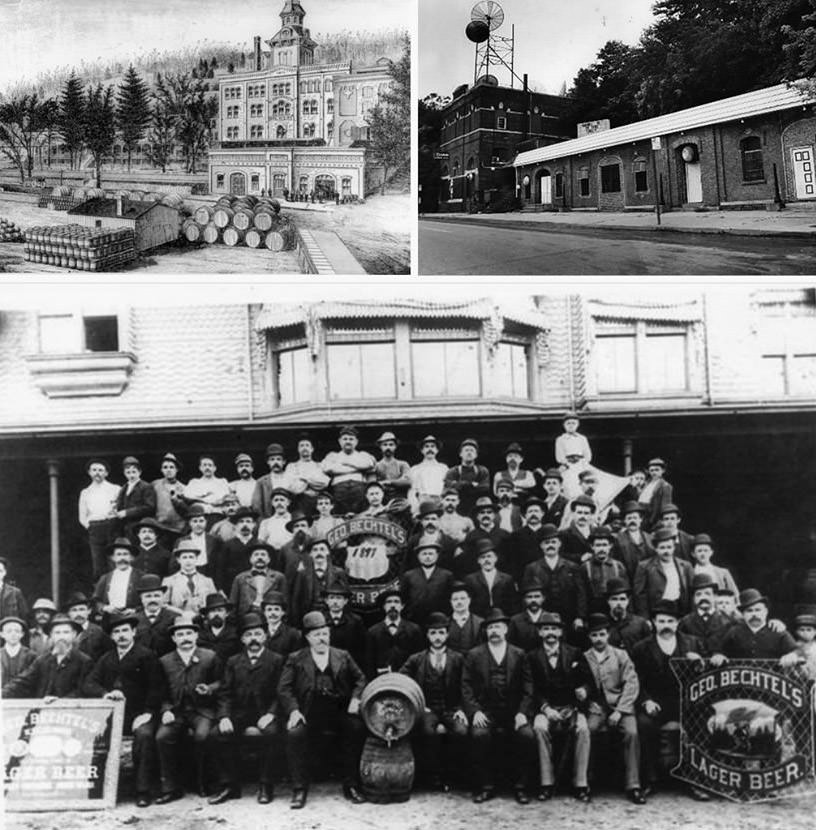
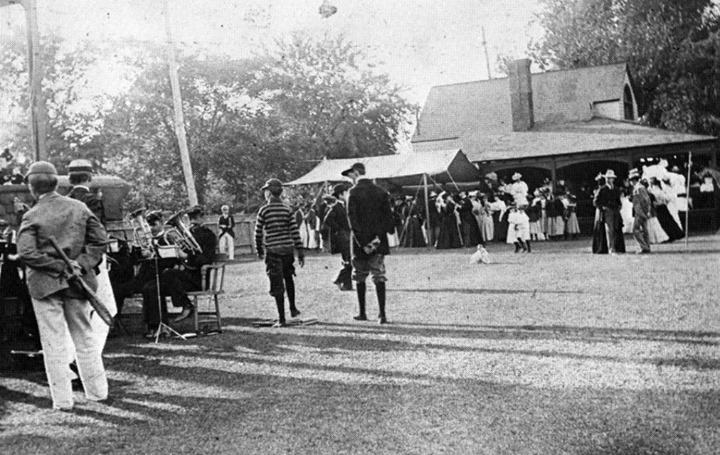
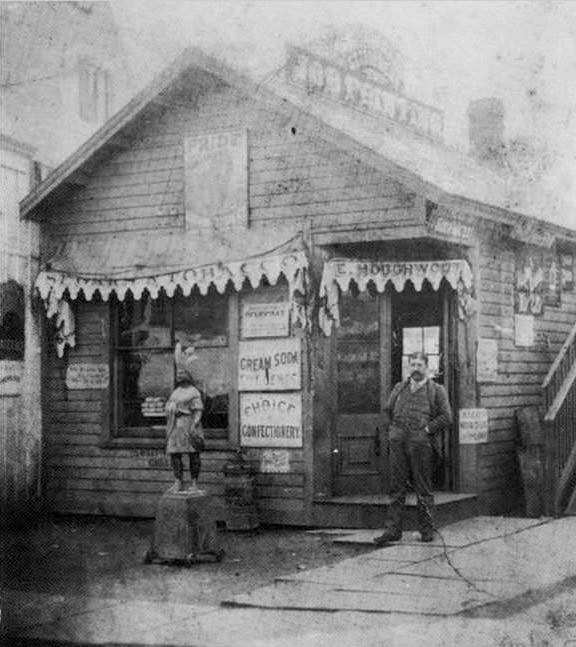
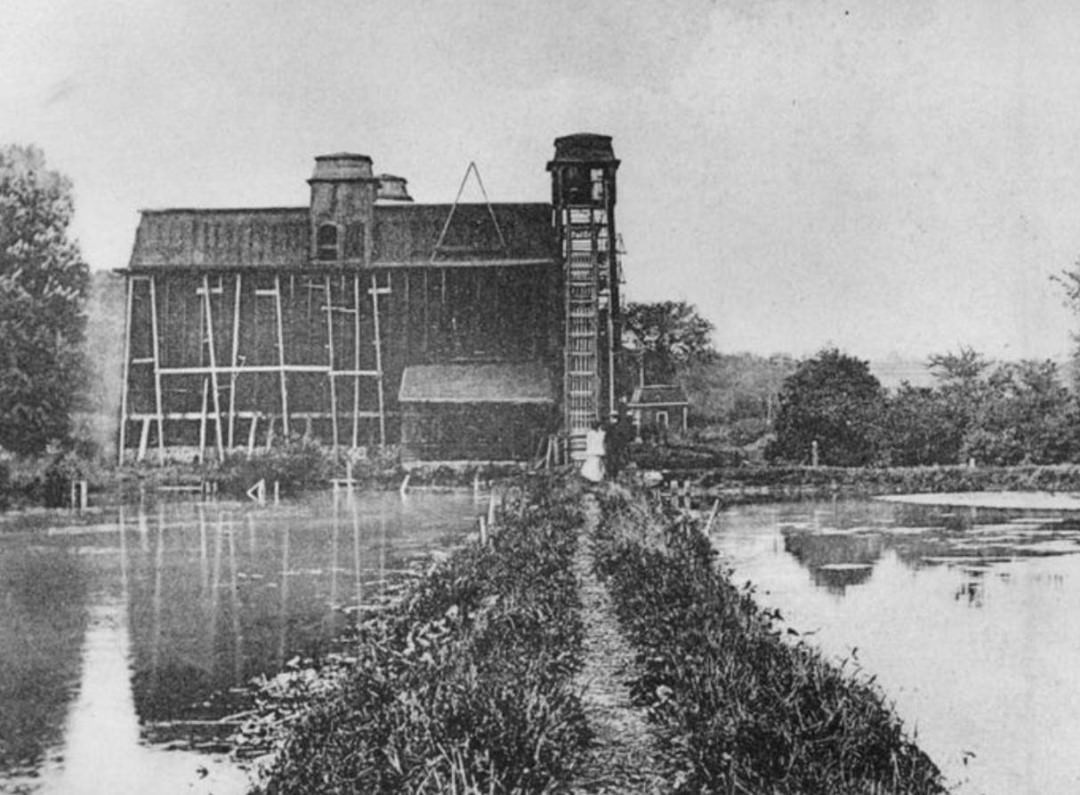

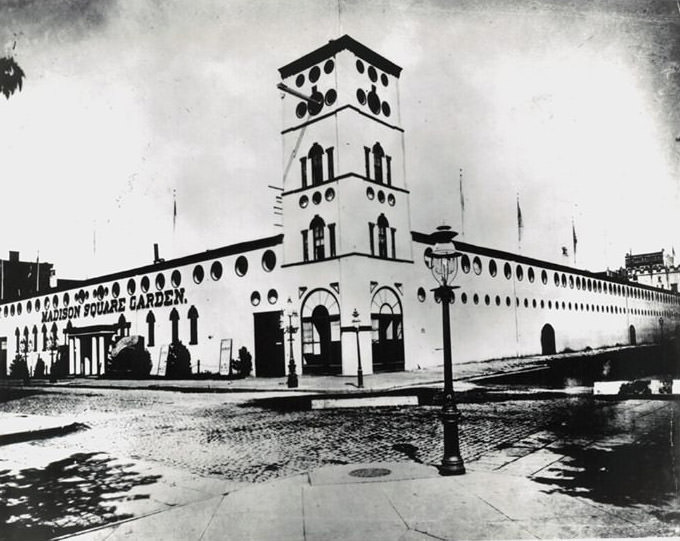
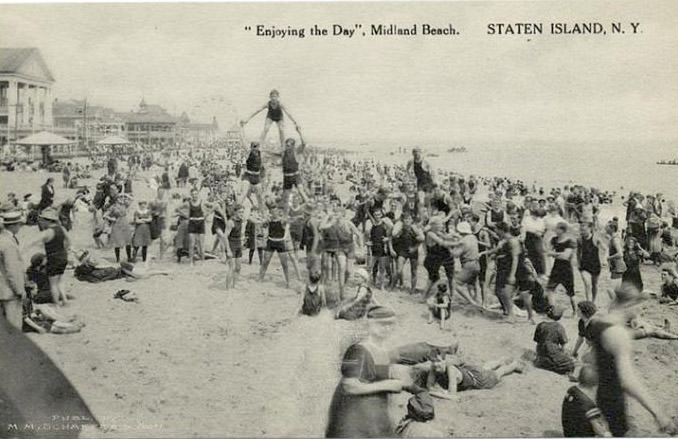
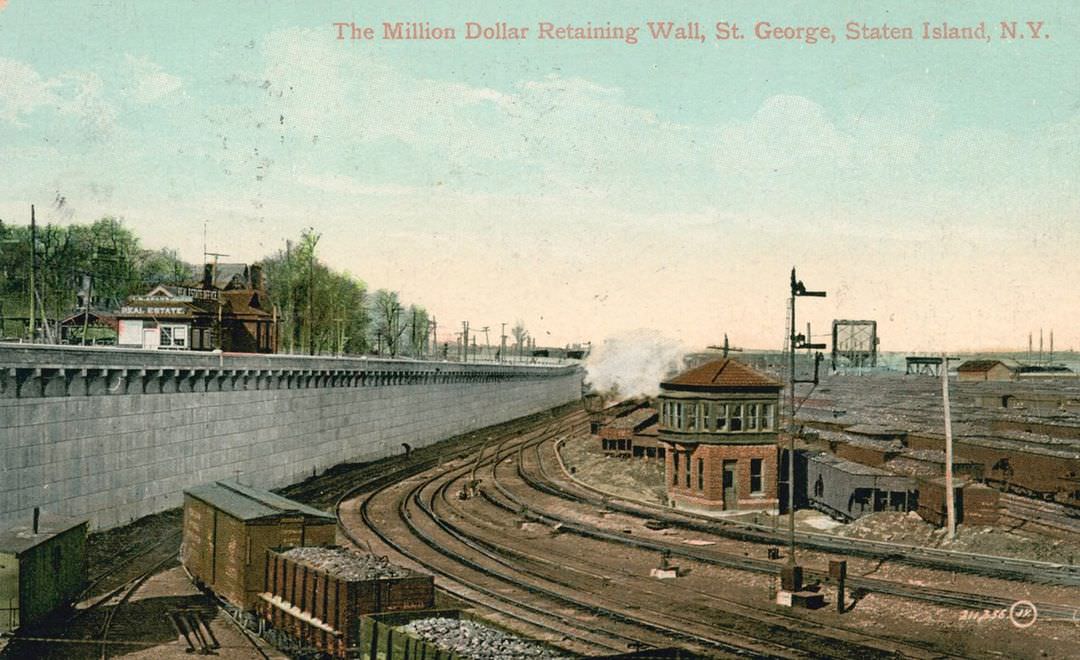
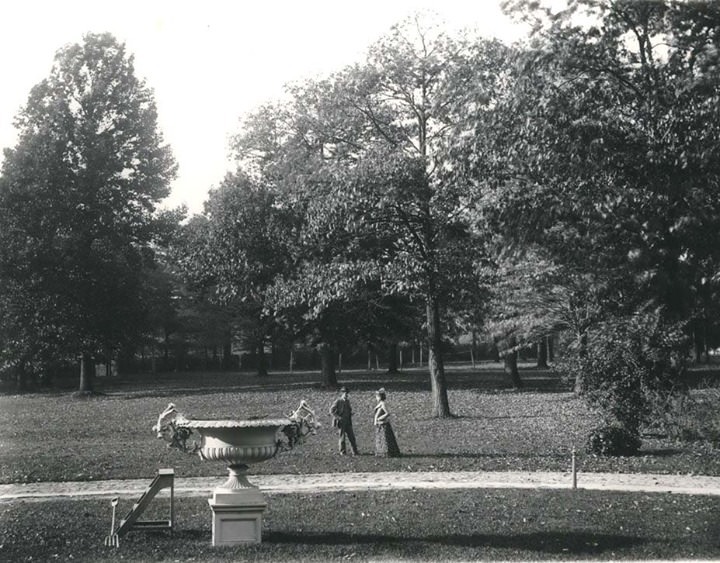
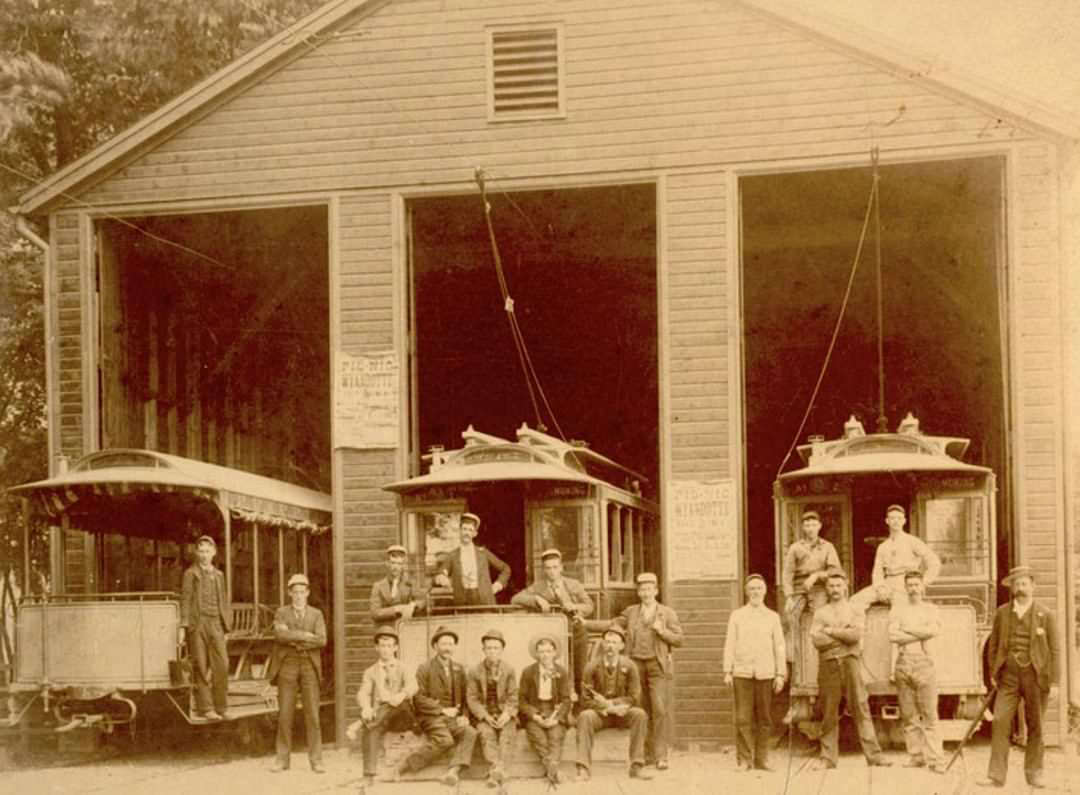
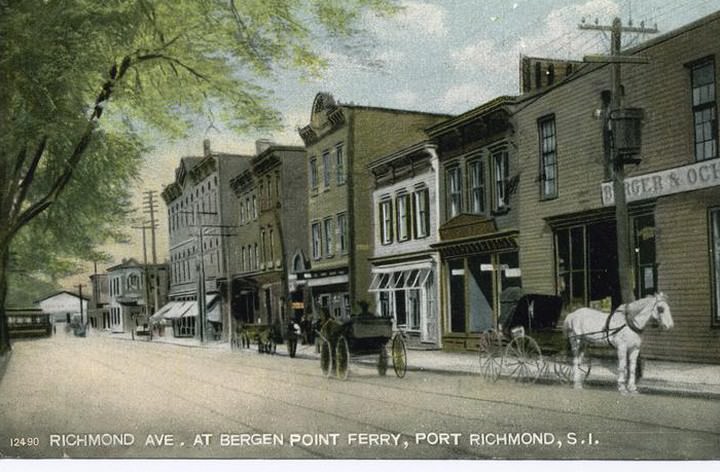
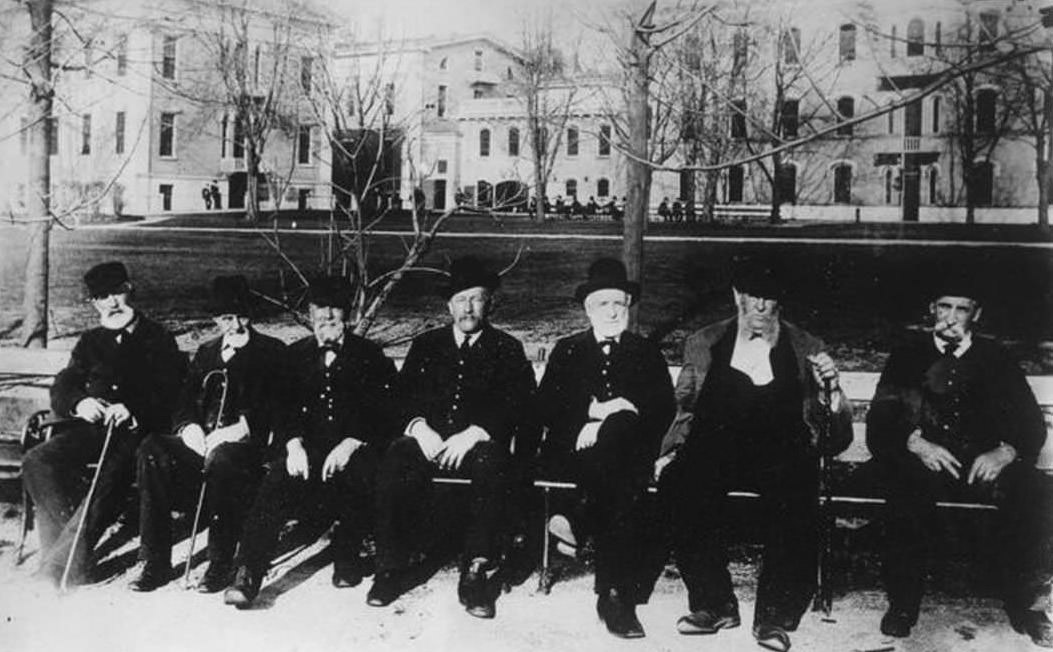
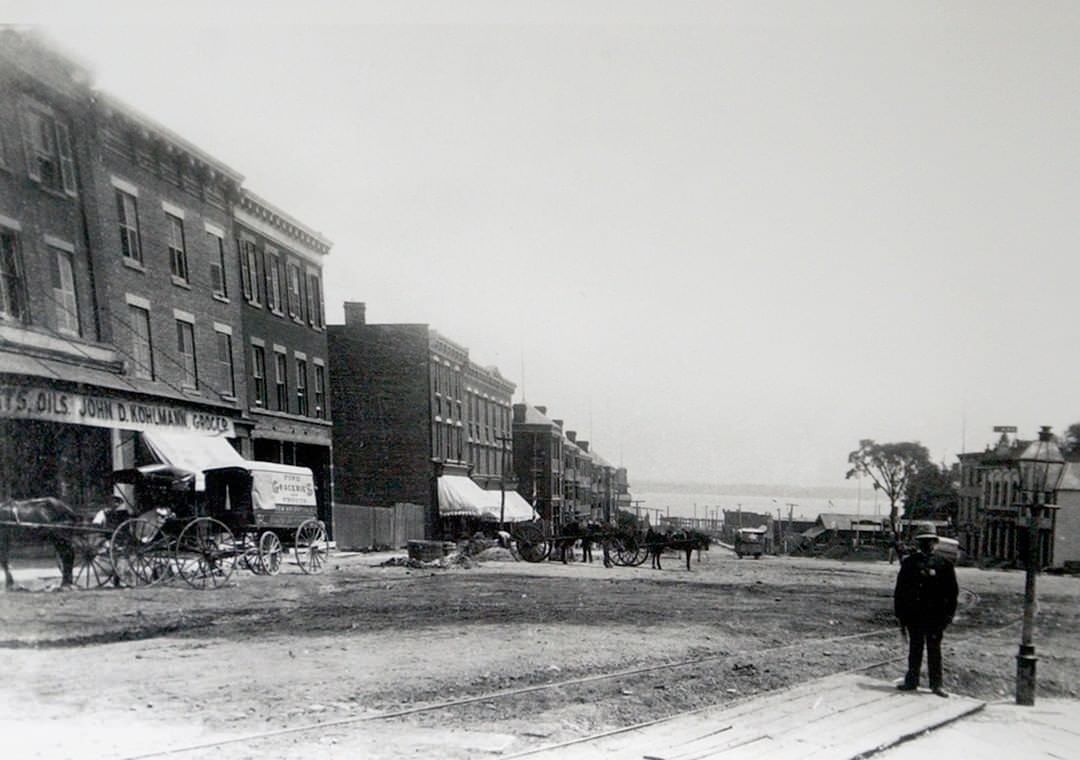
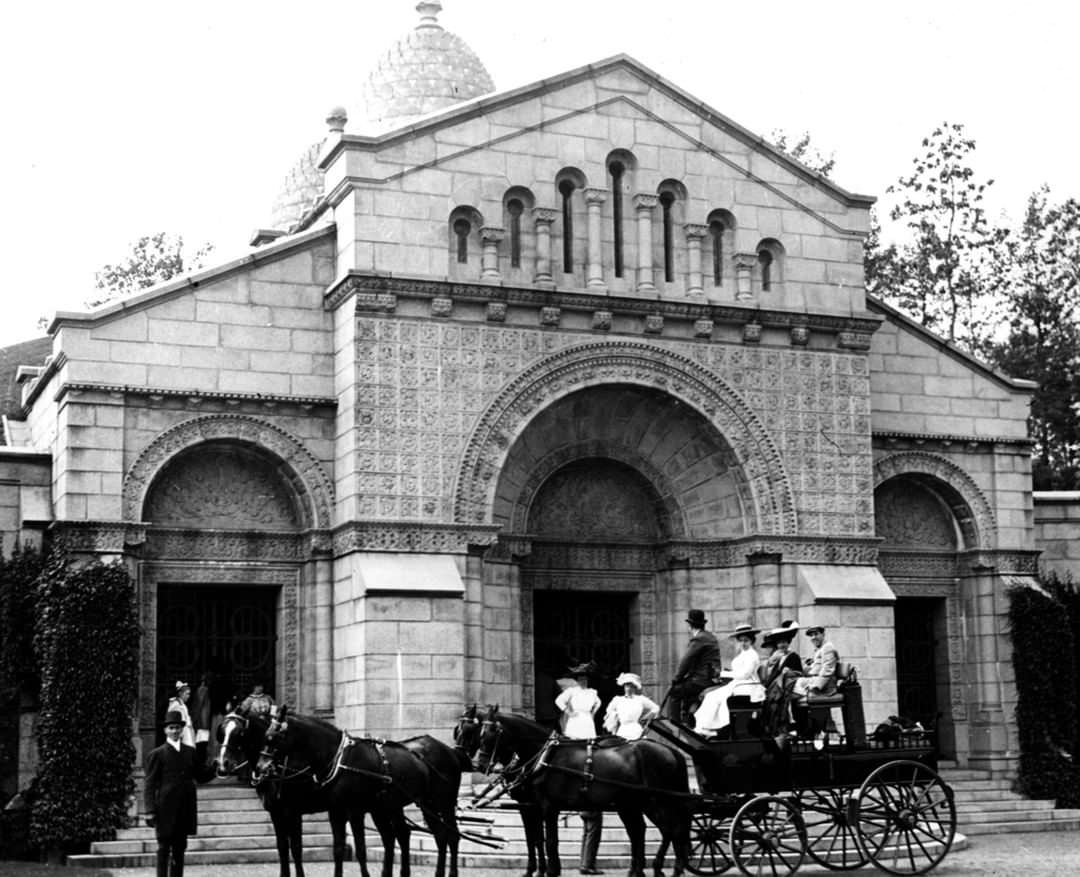
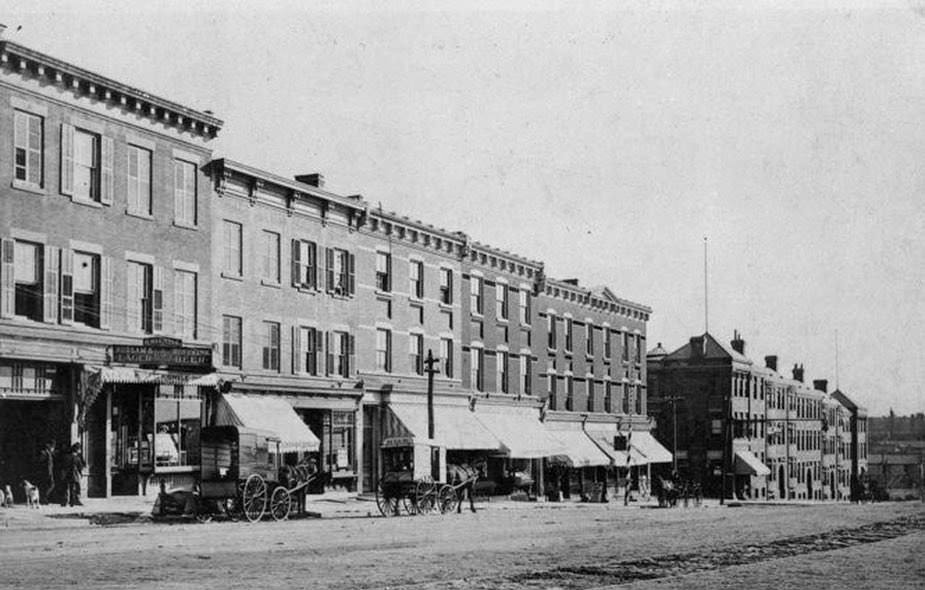
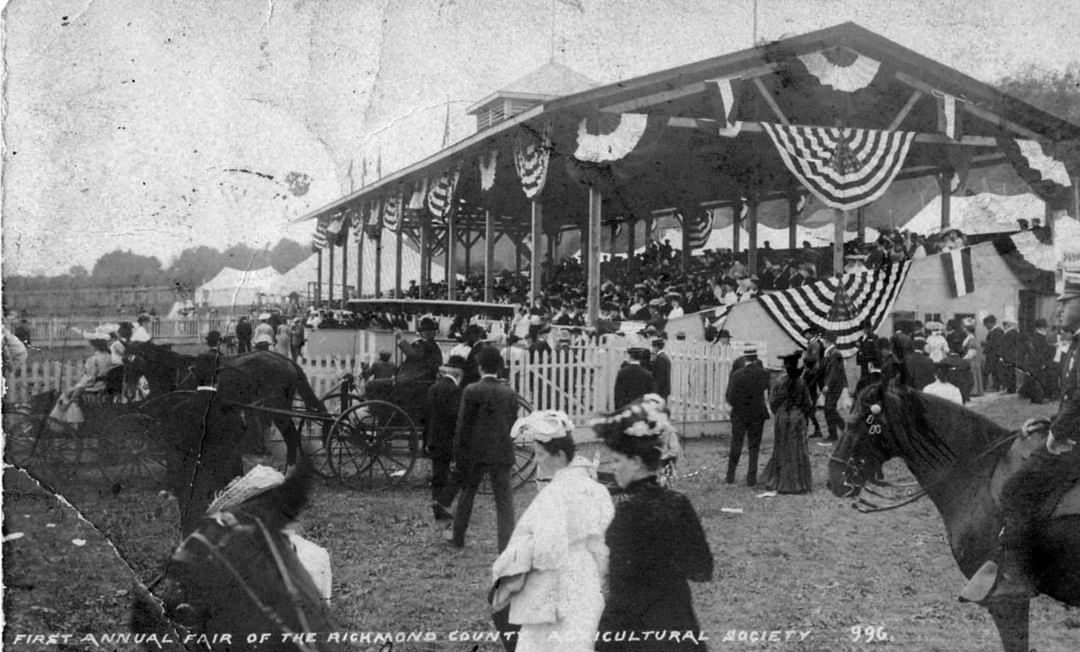
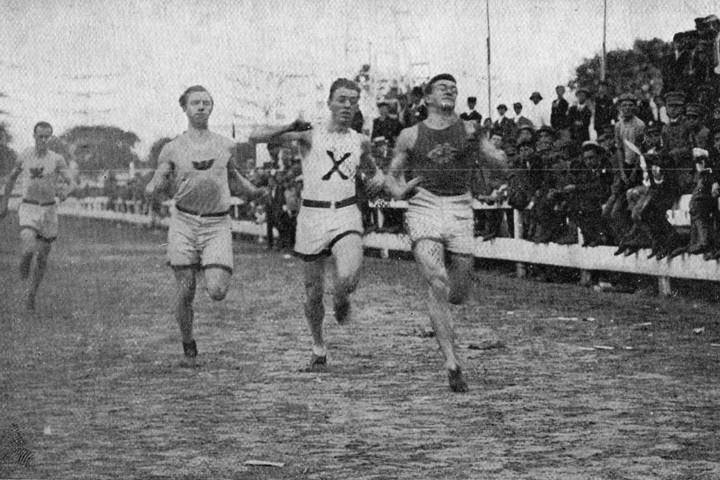
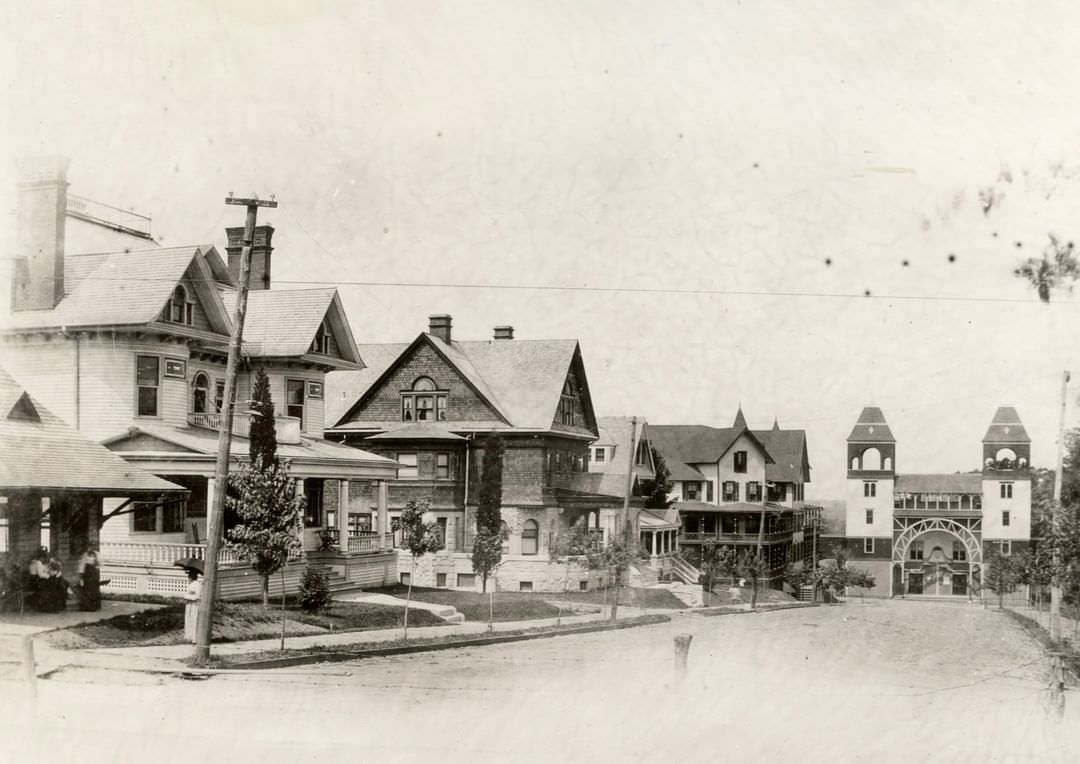
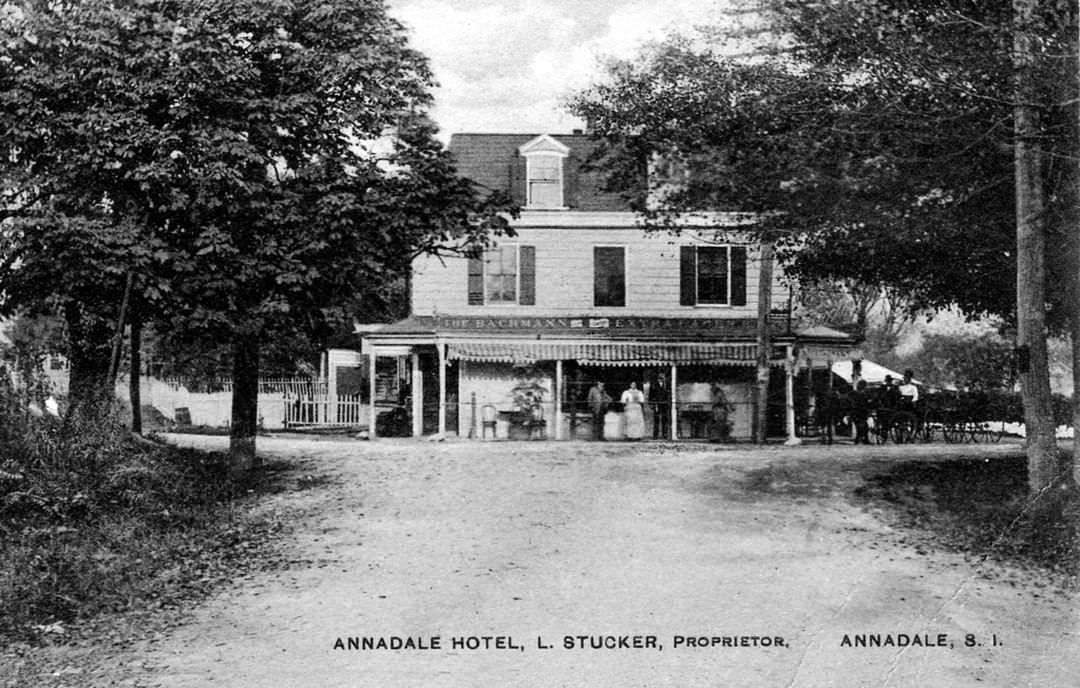
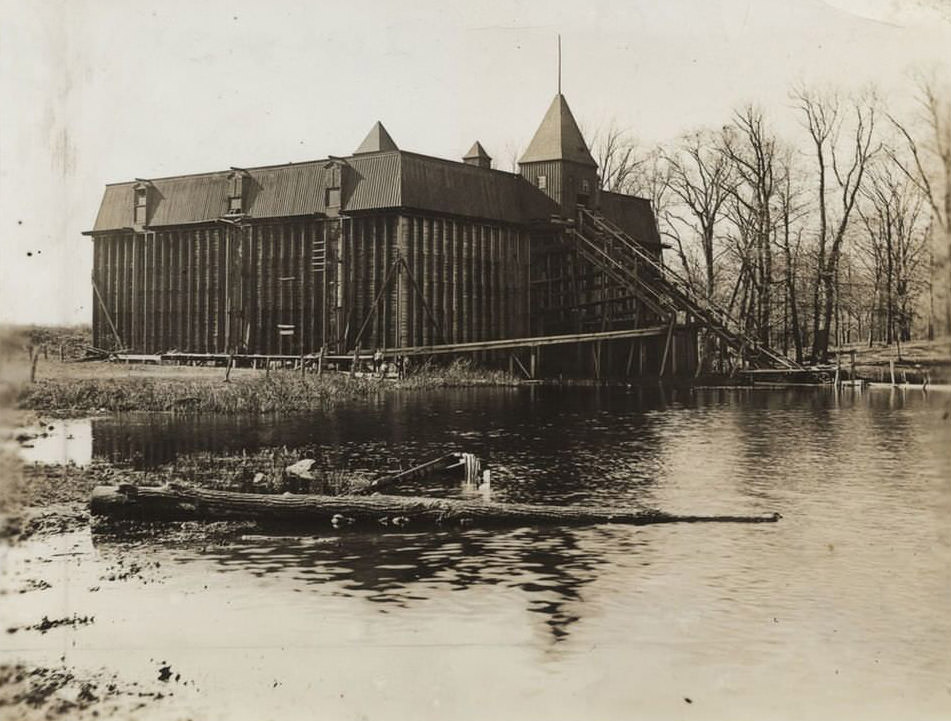
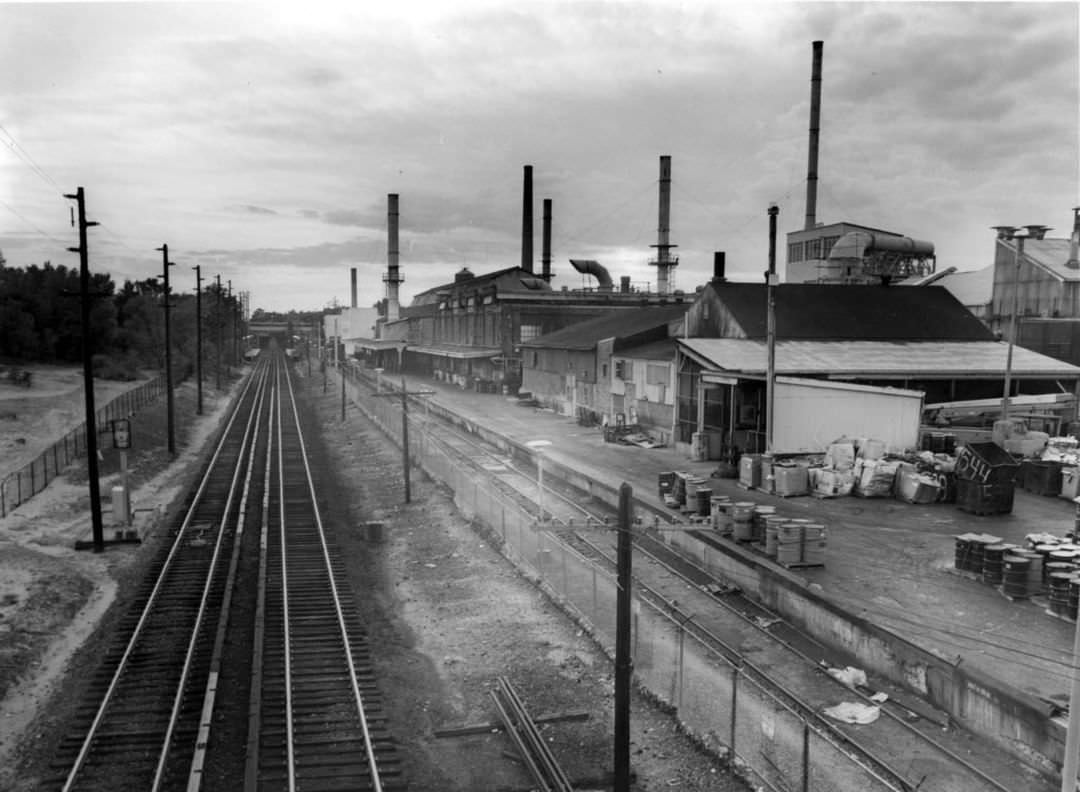
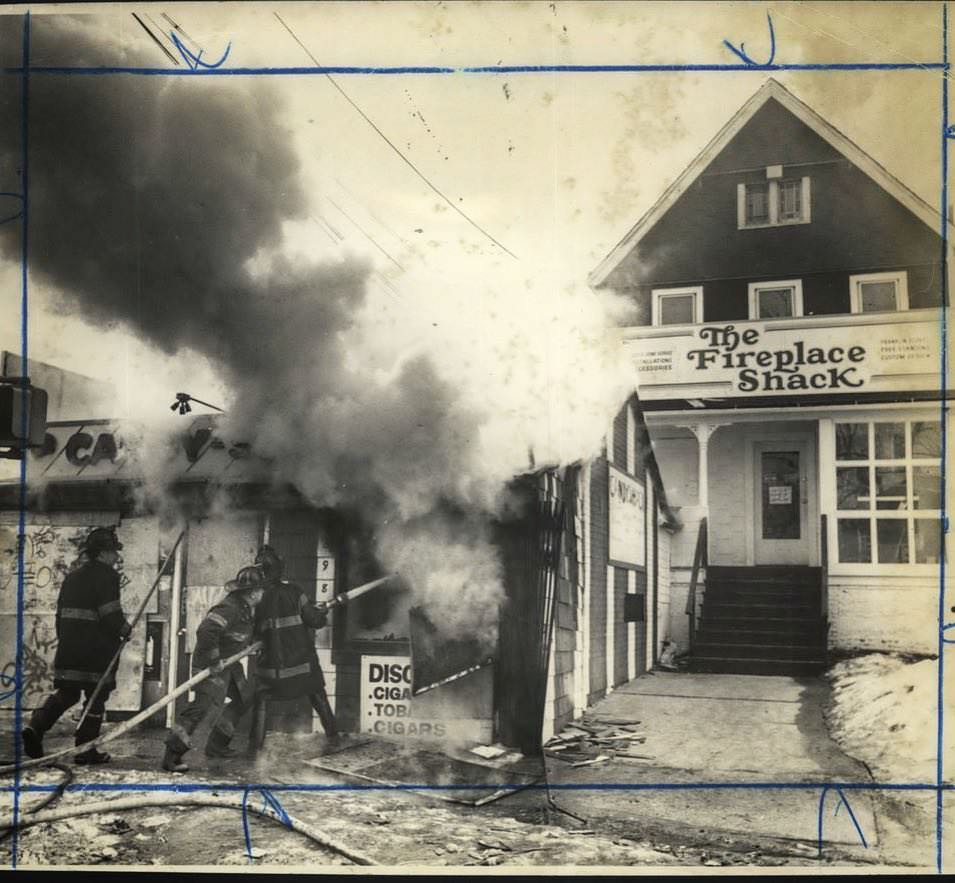
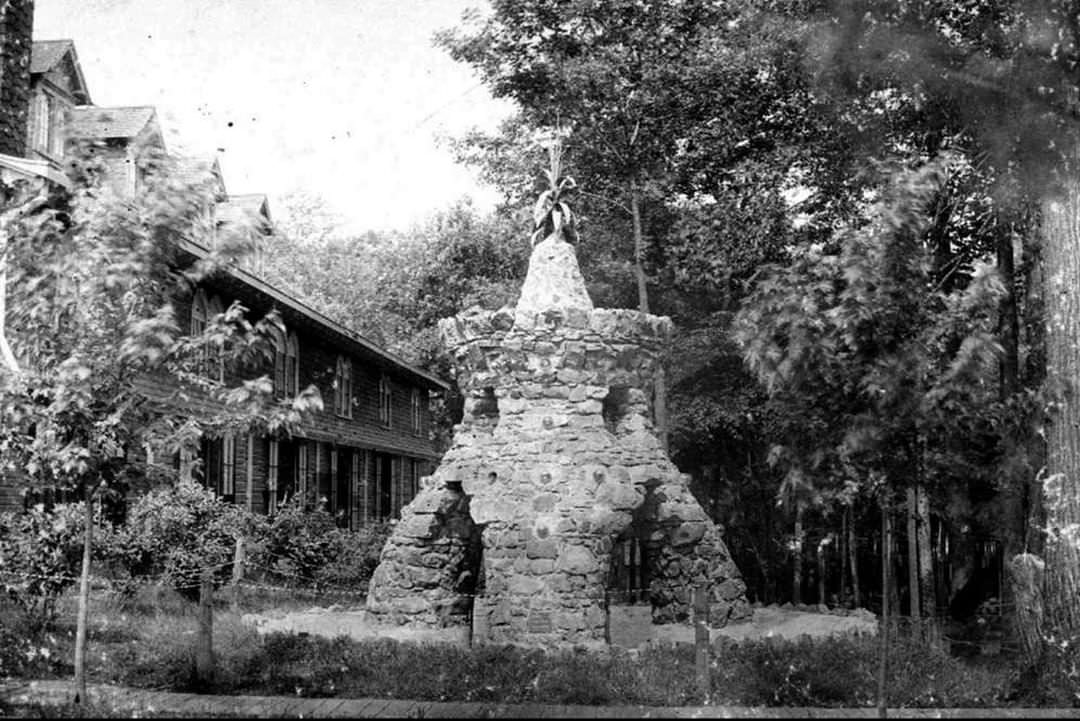
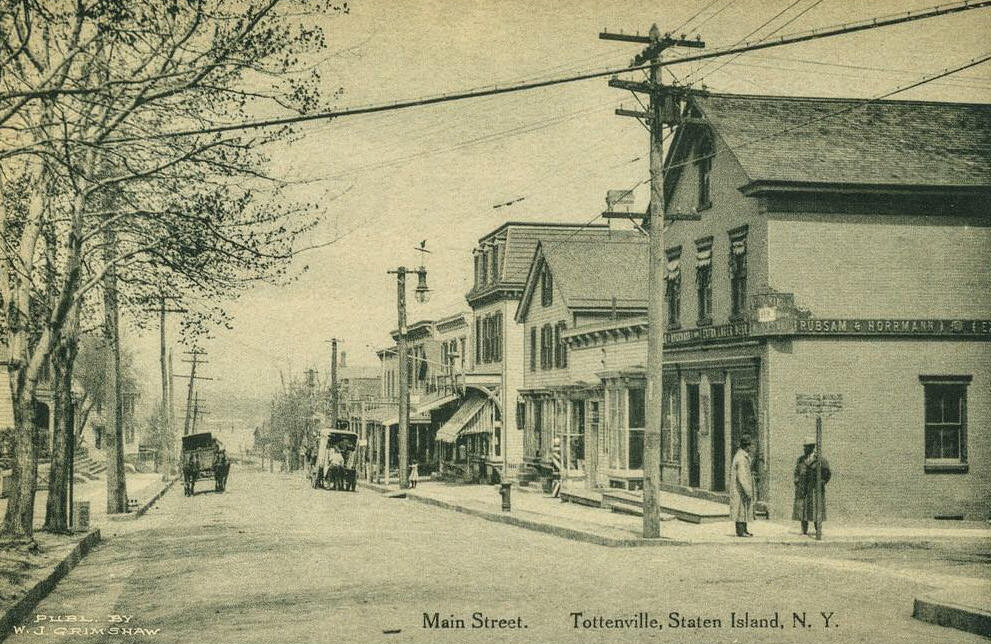

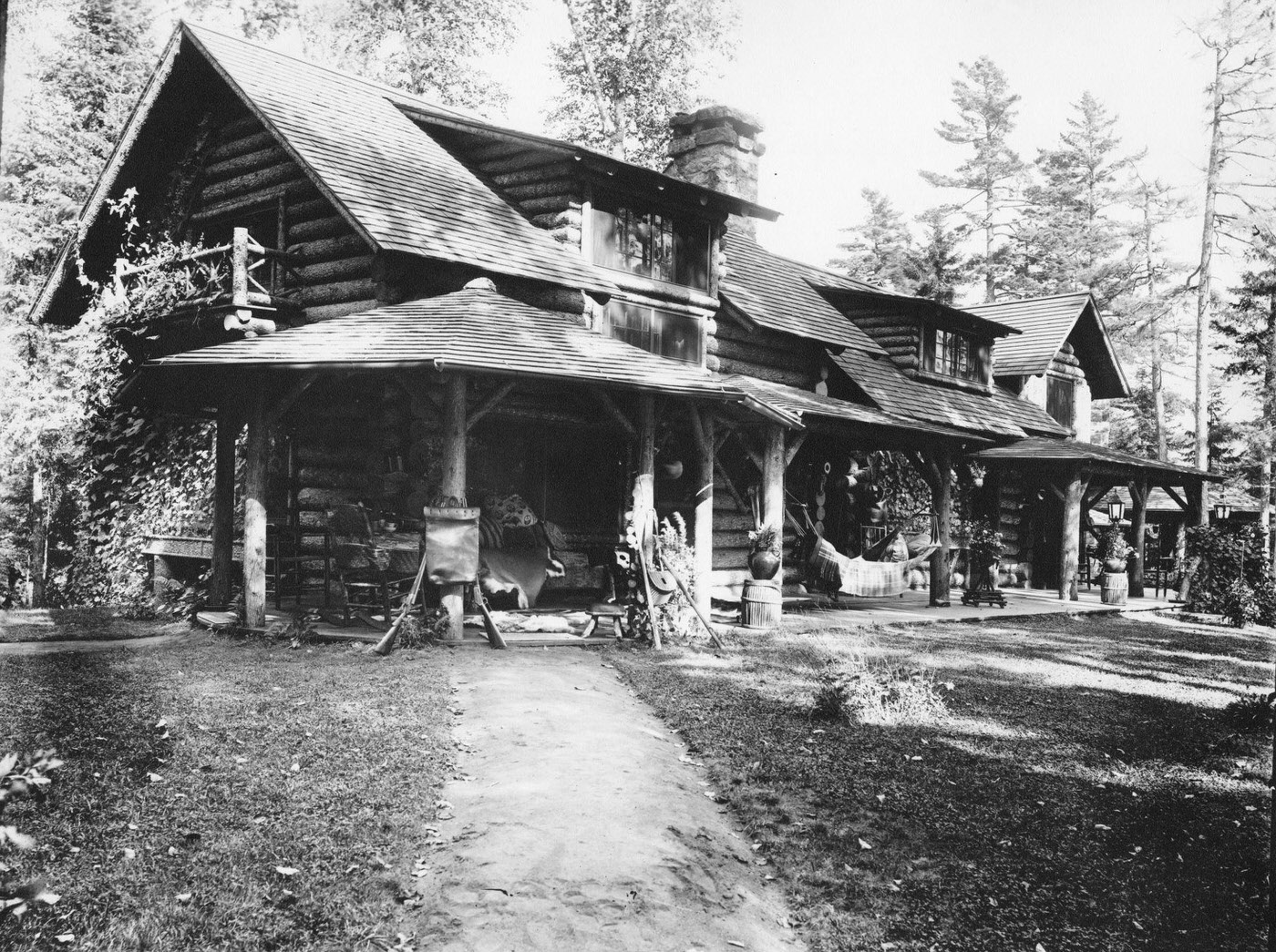
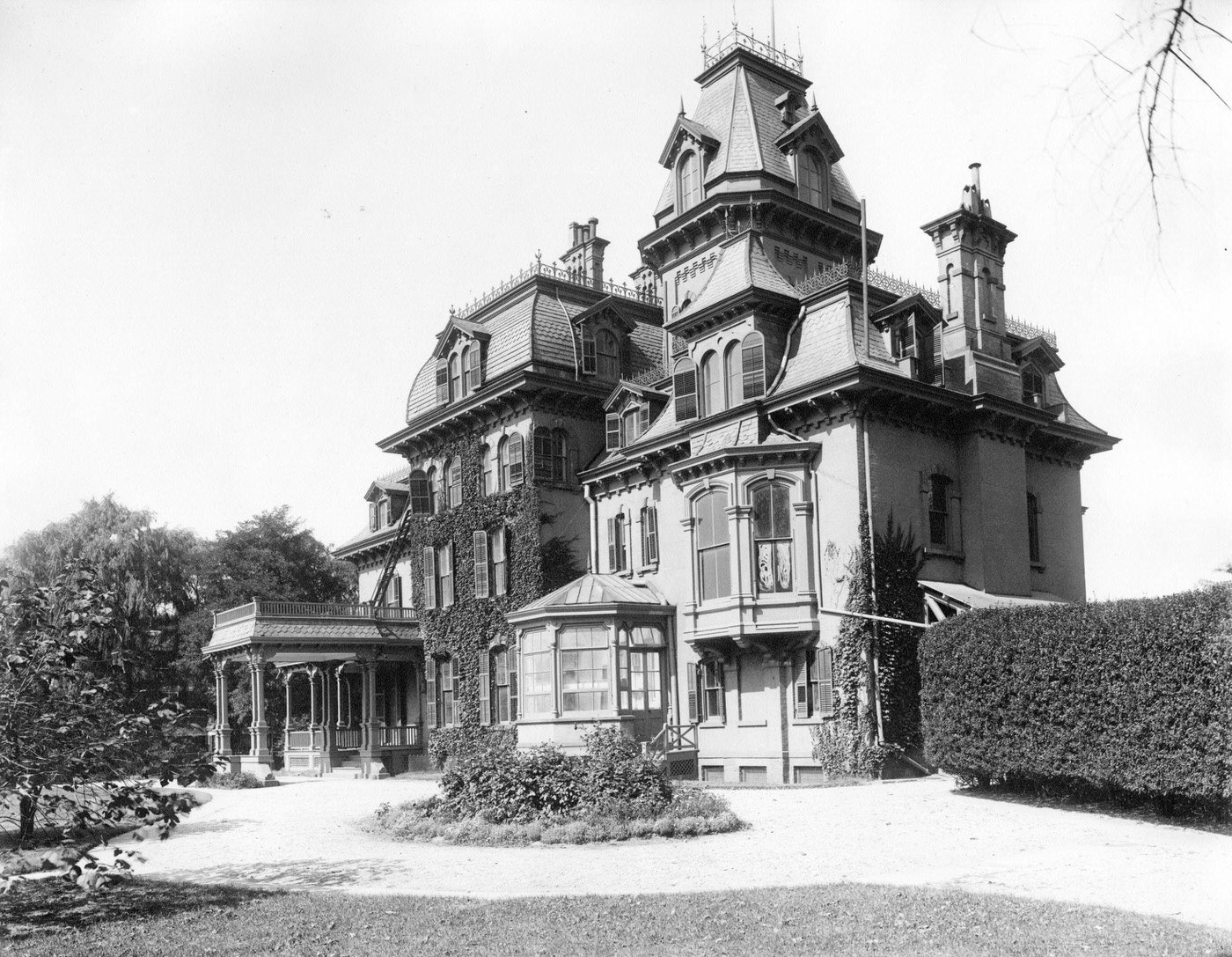
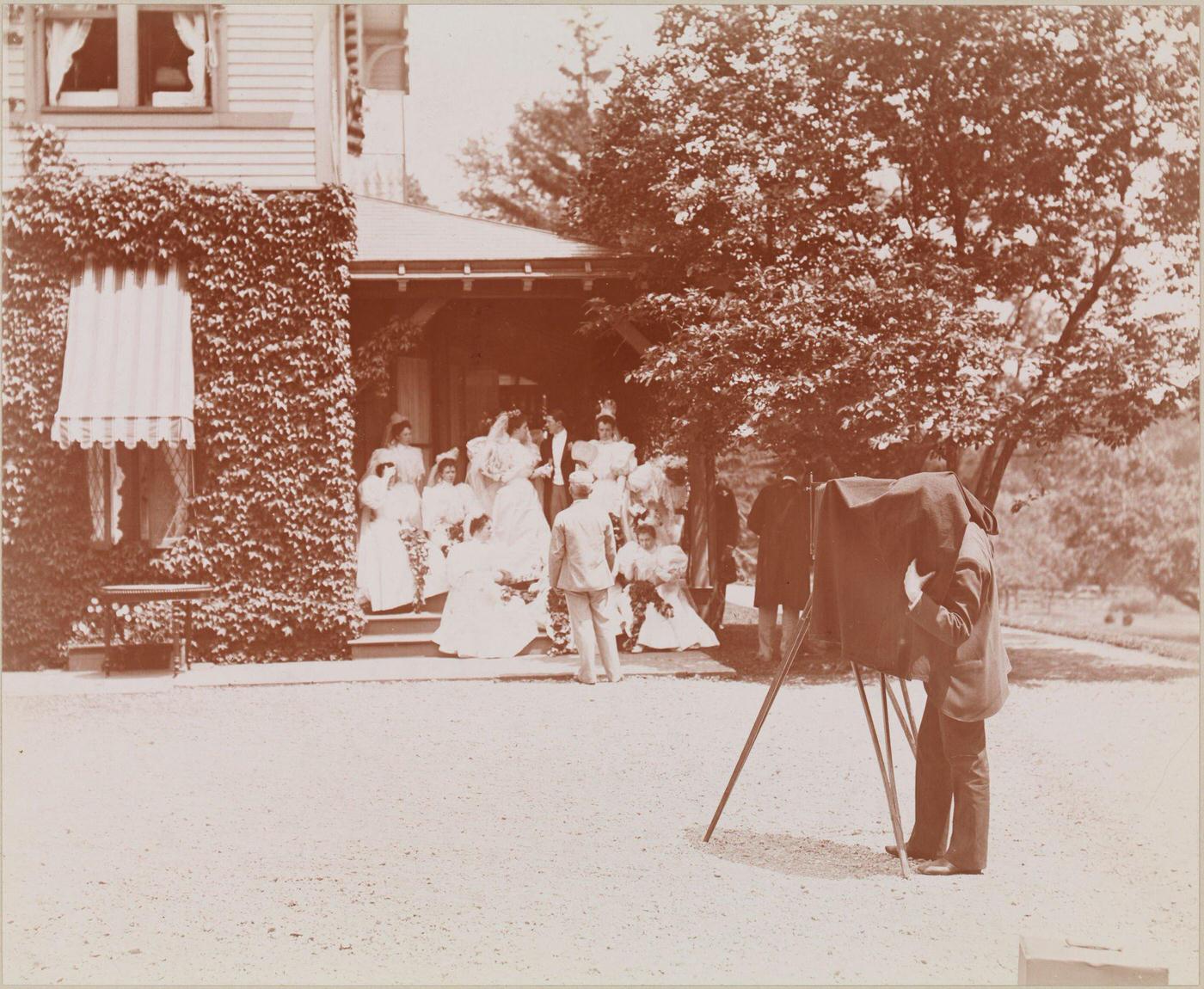
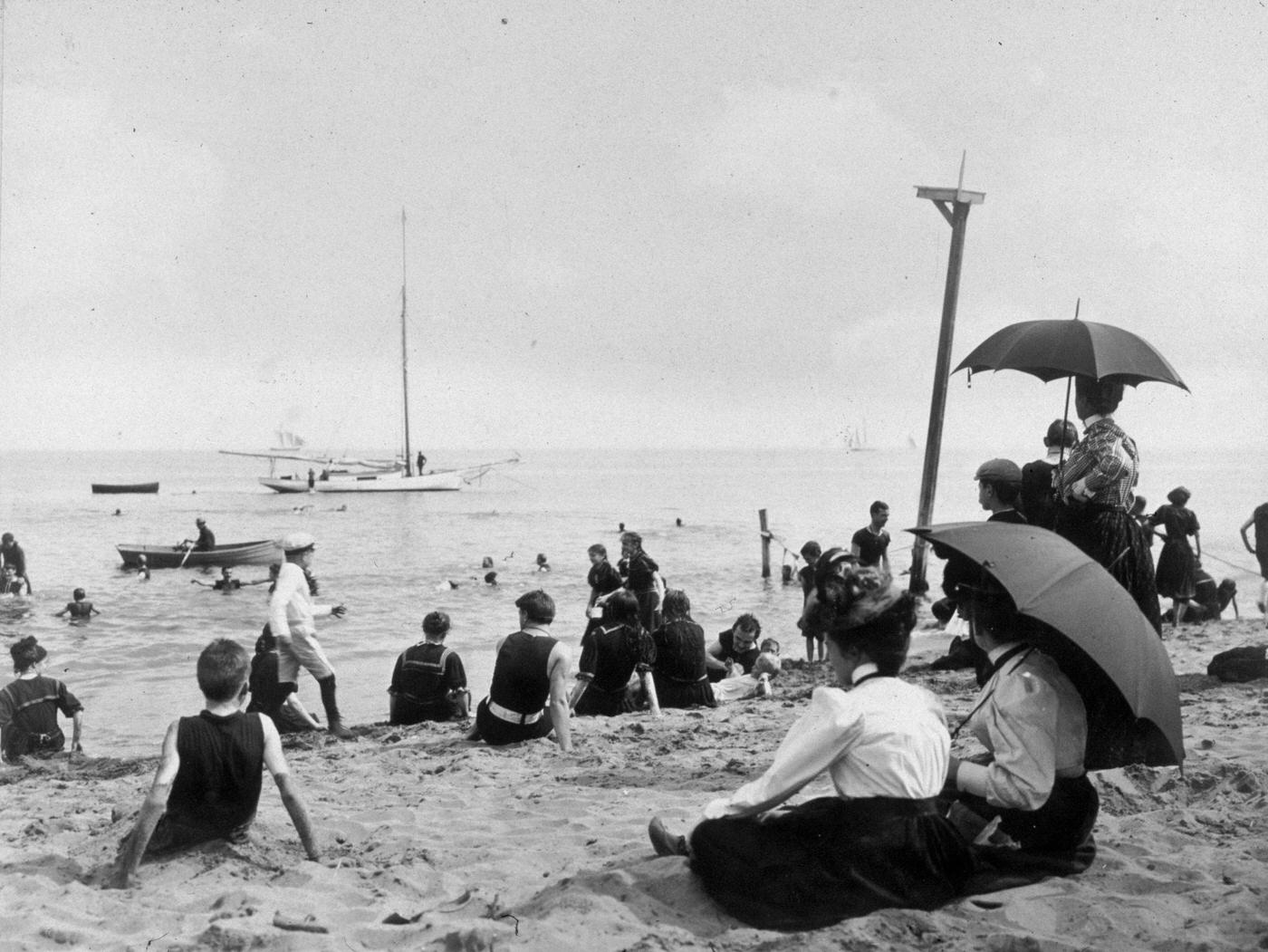
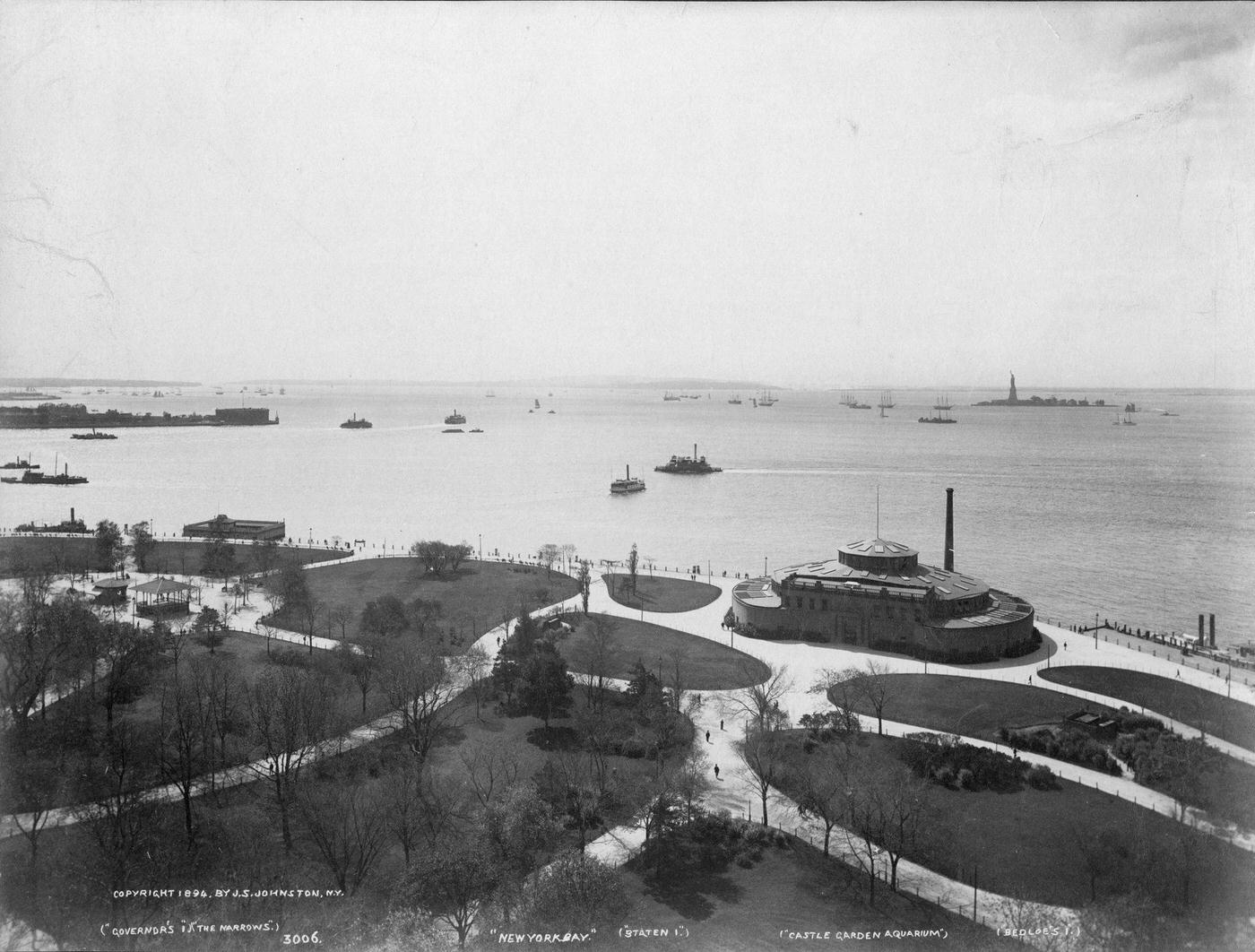
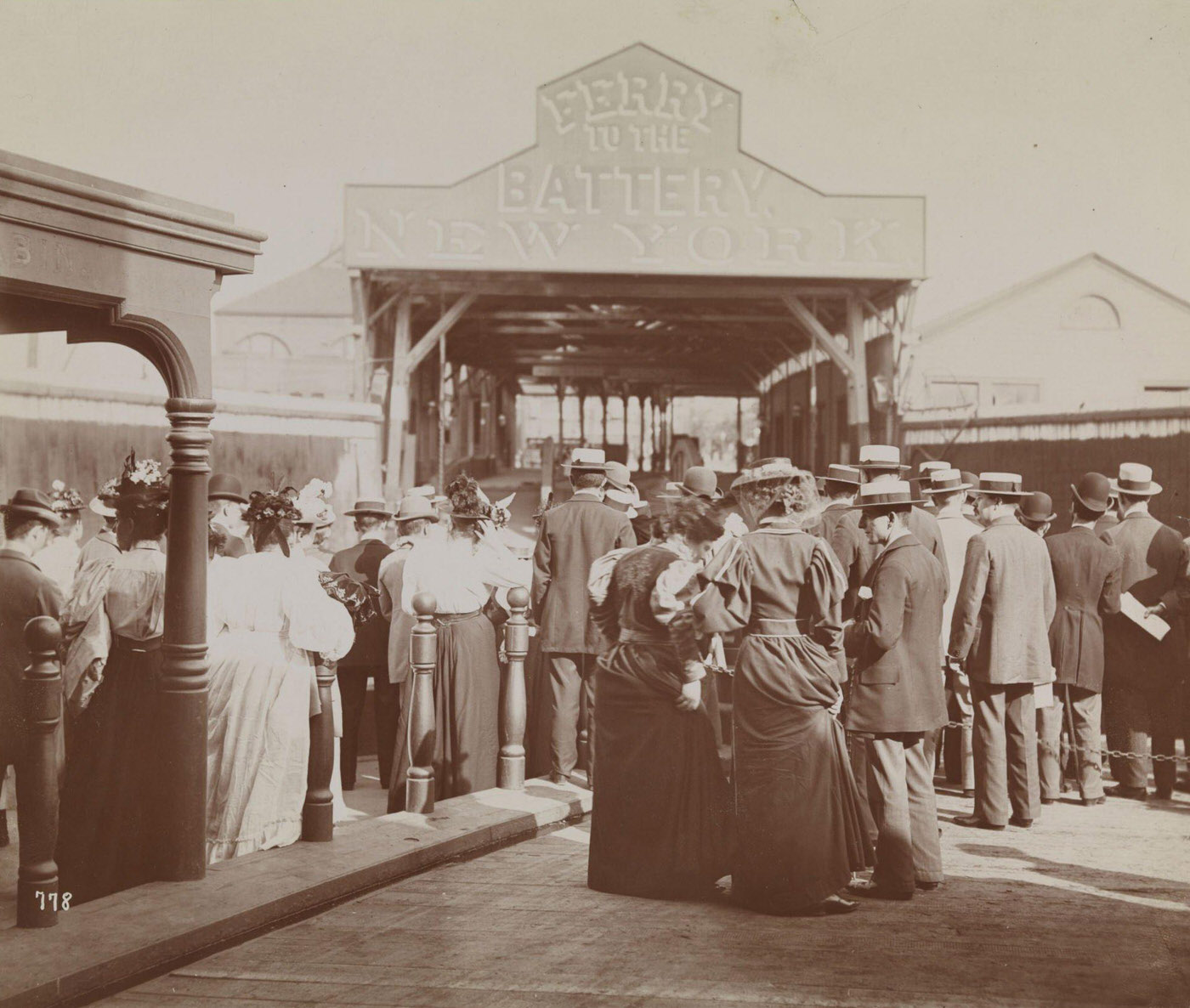
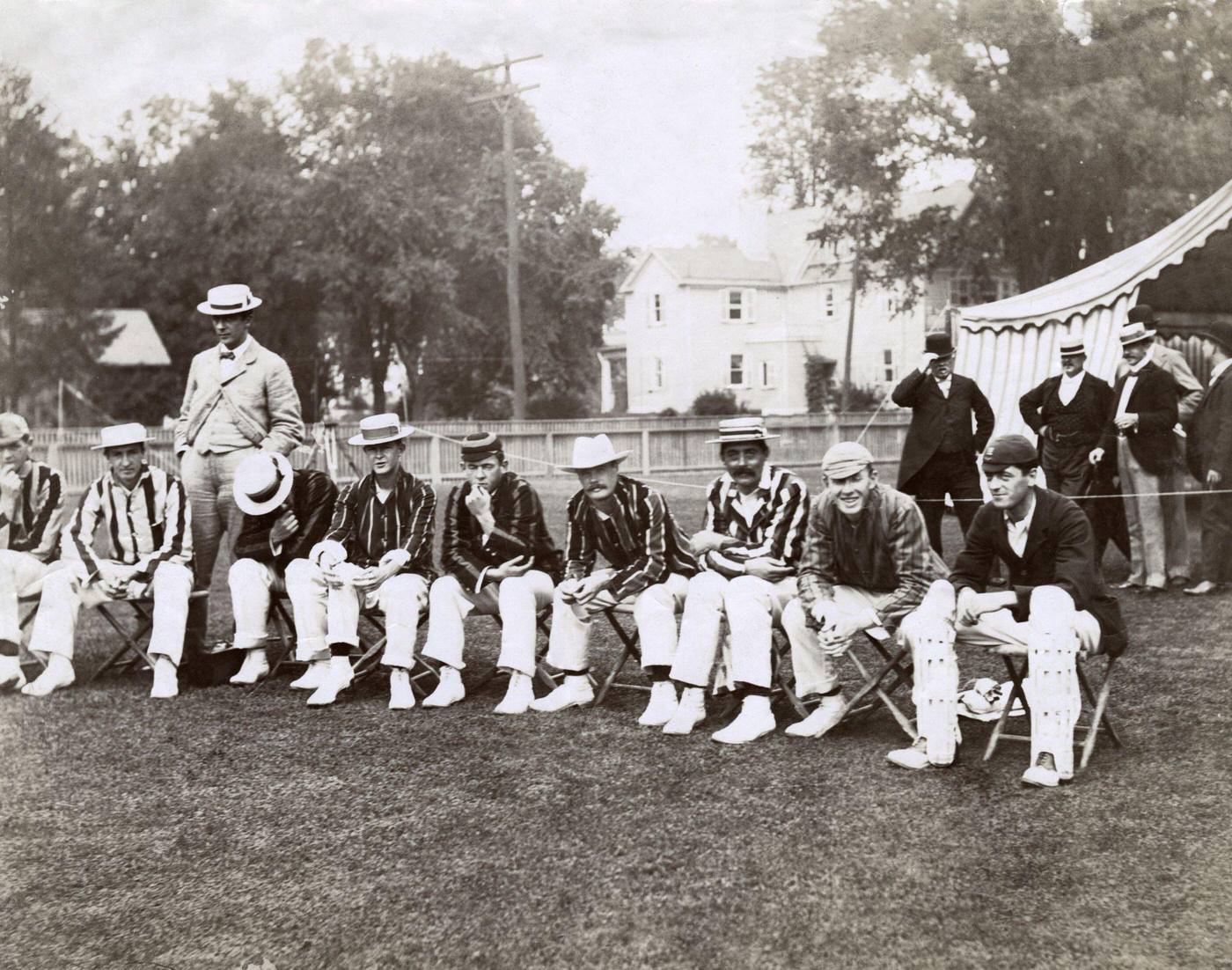
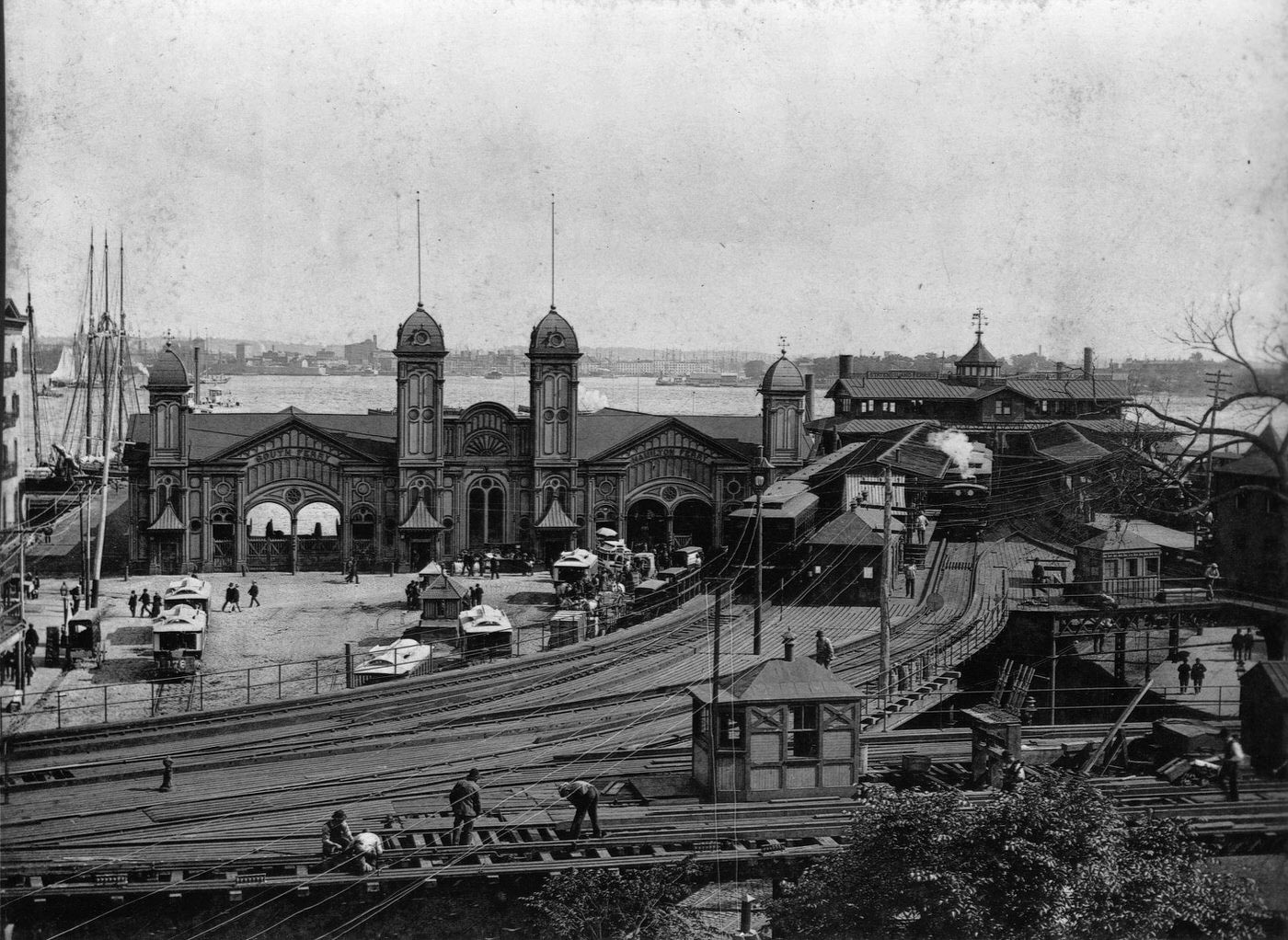

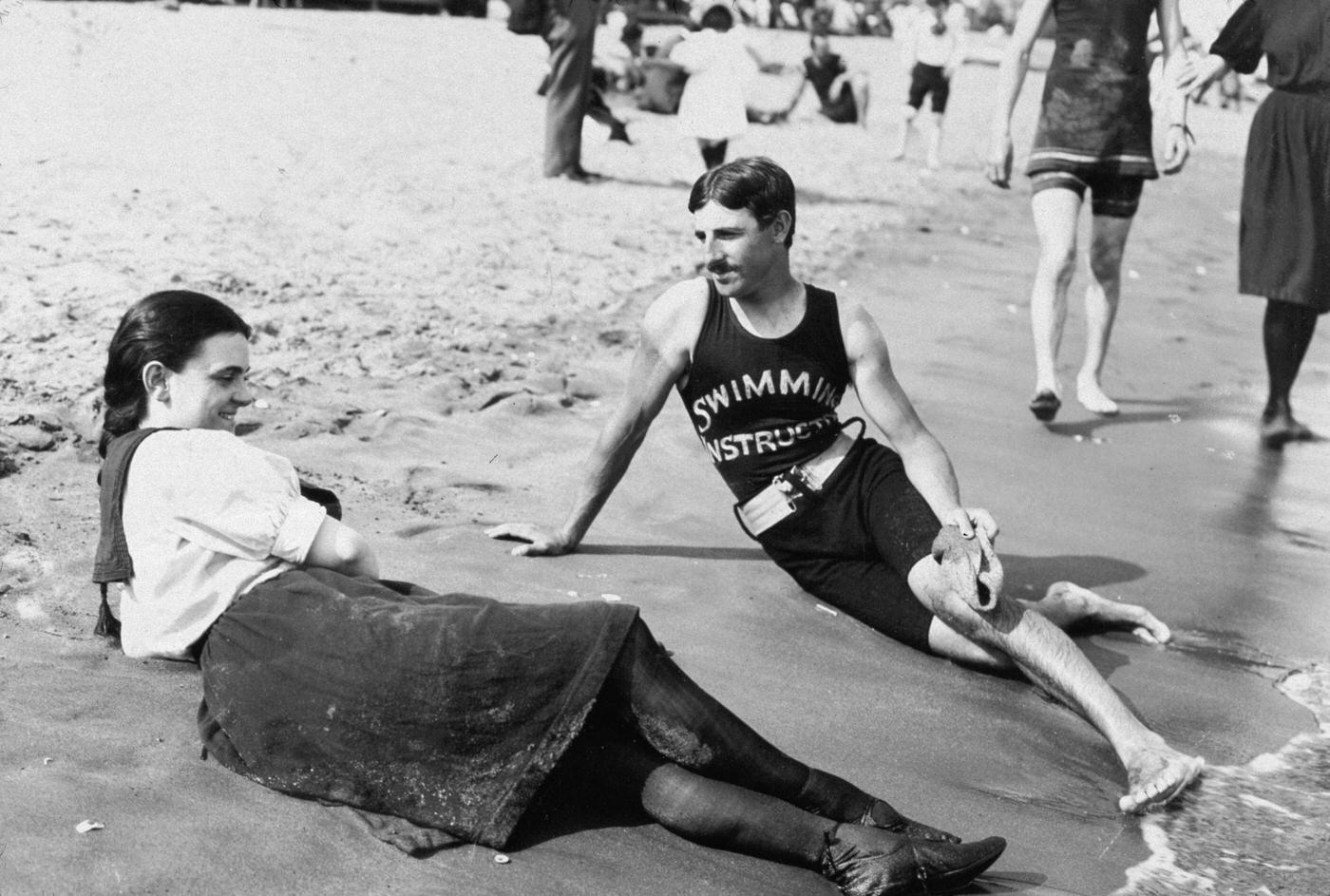
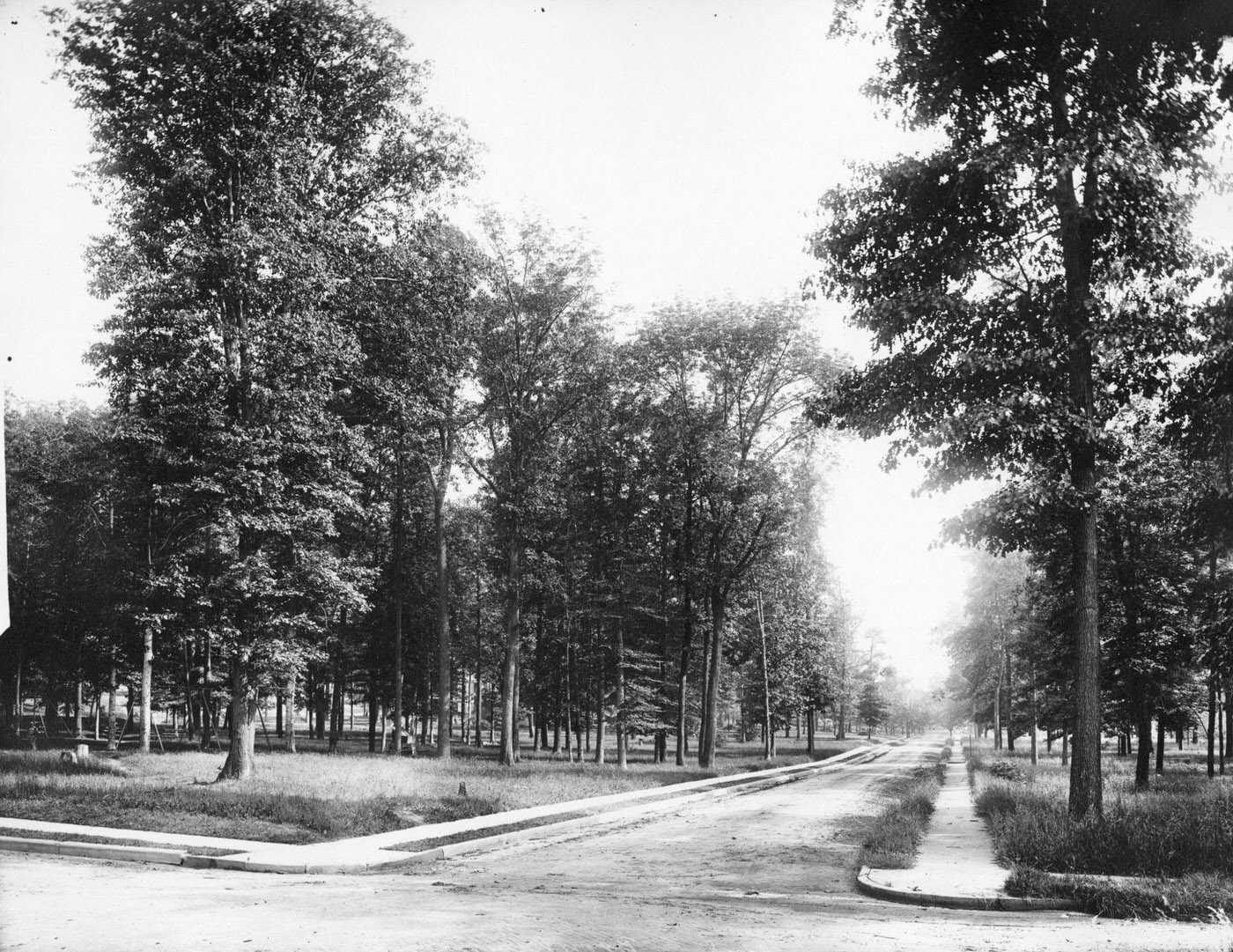
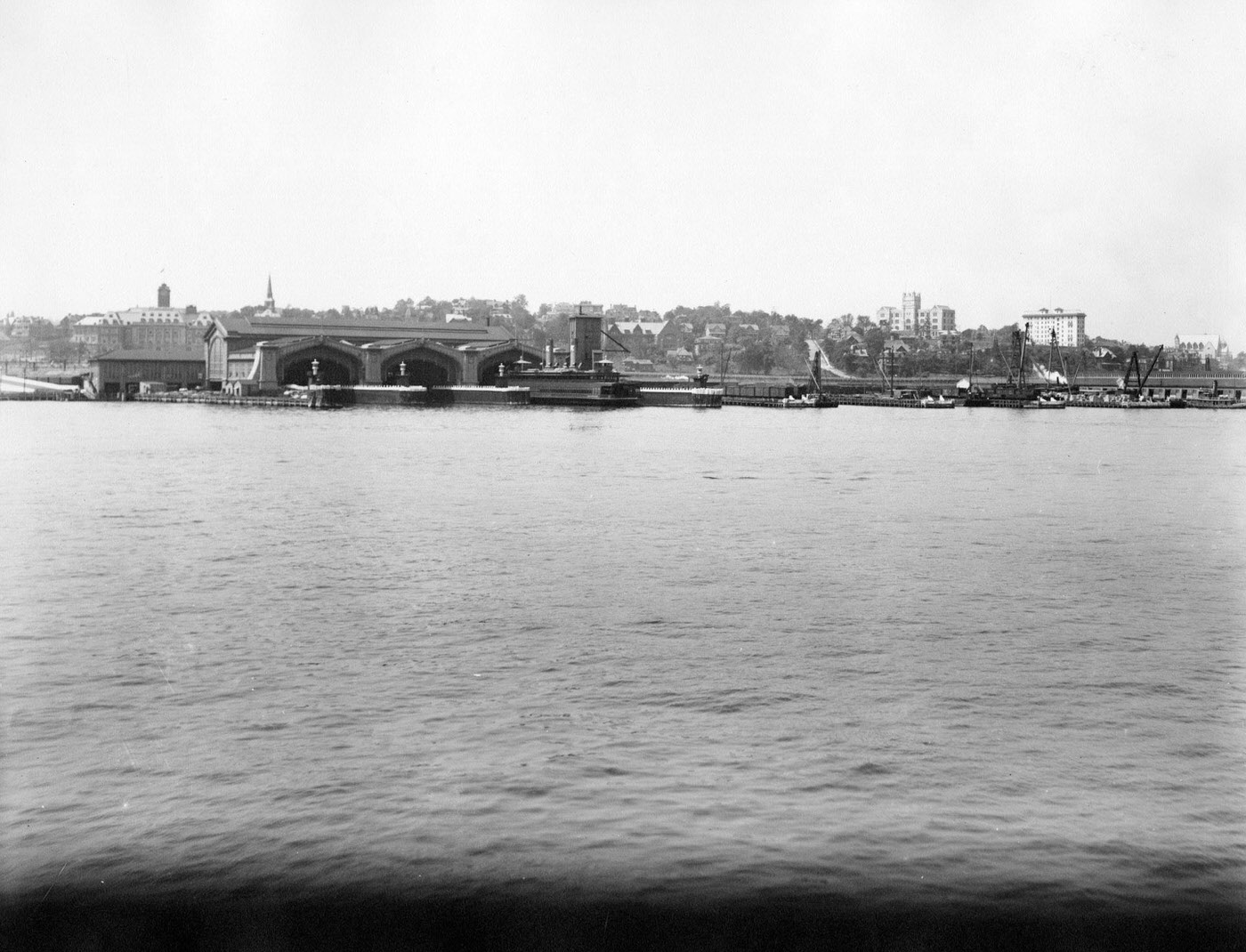
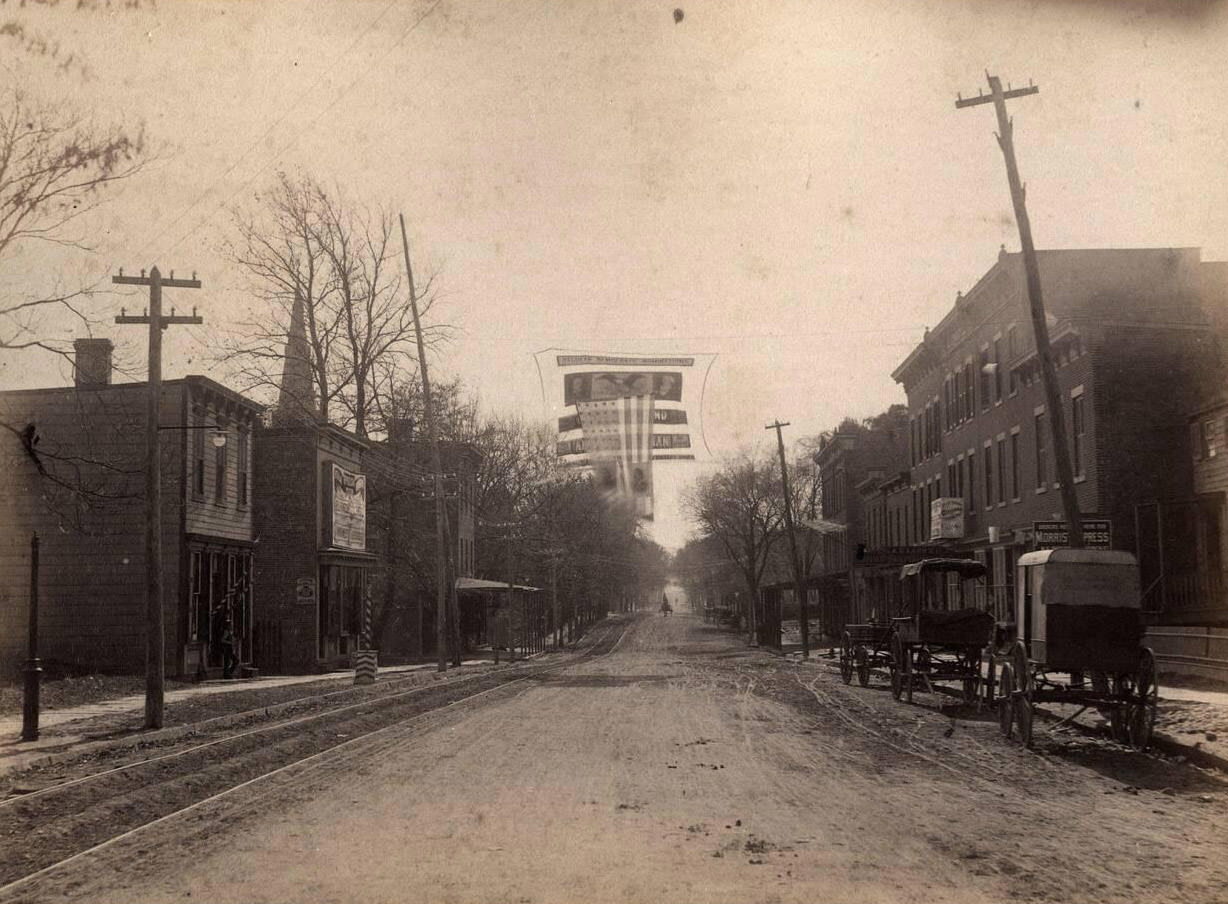


GIPHY App Key not set. Please check settings